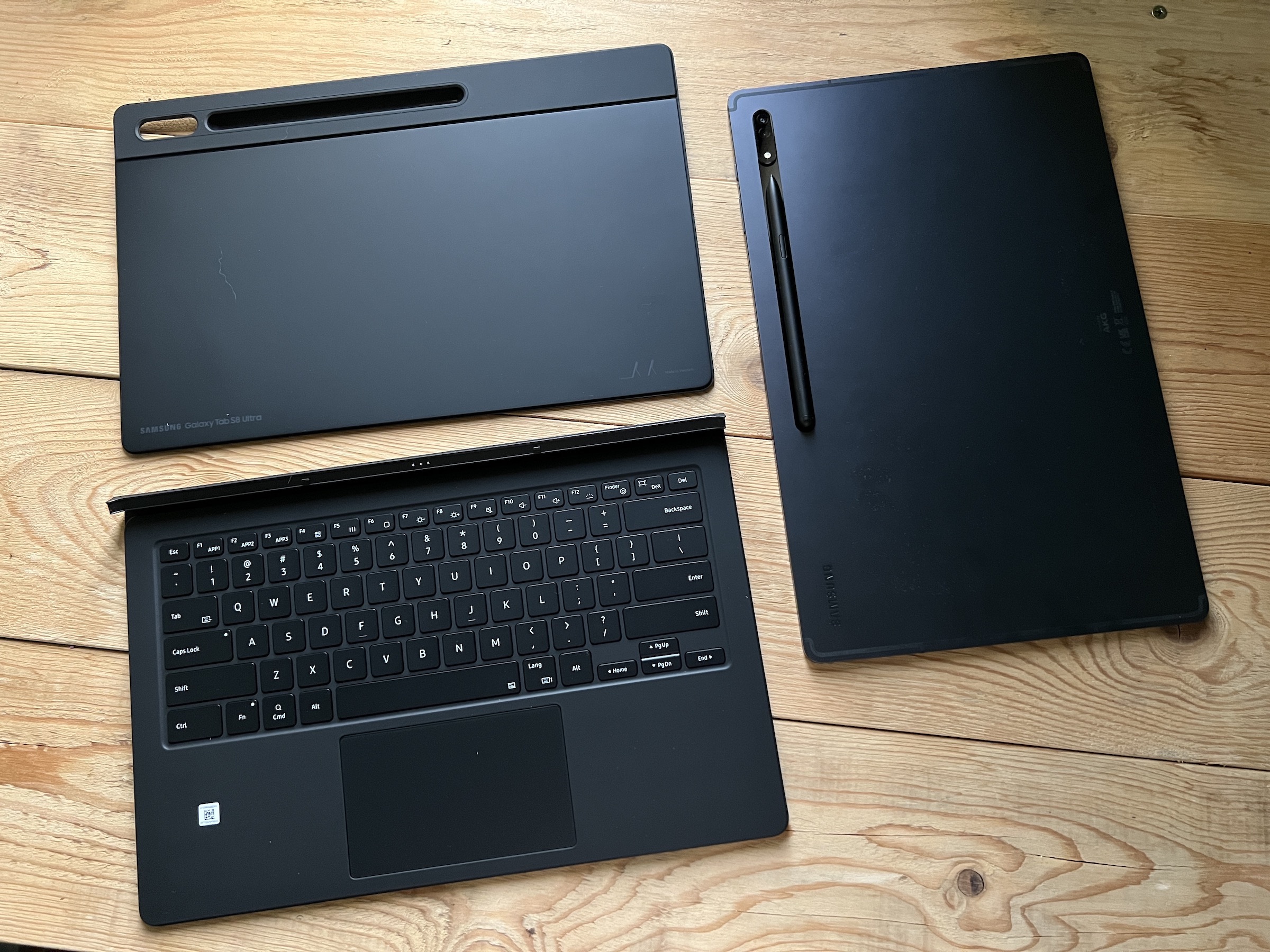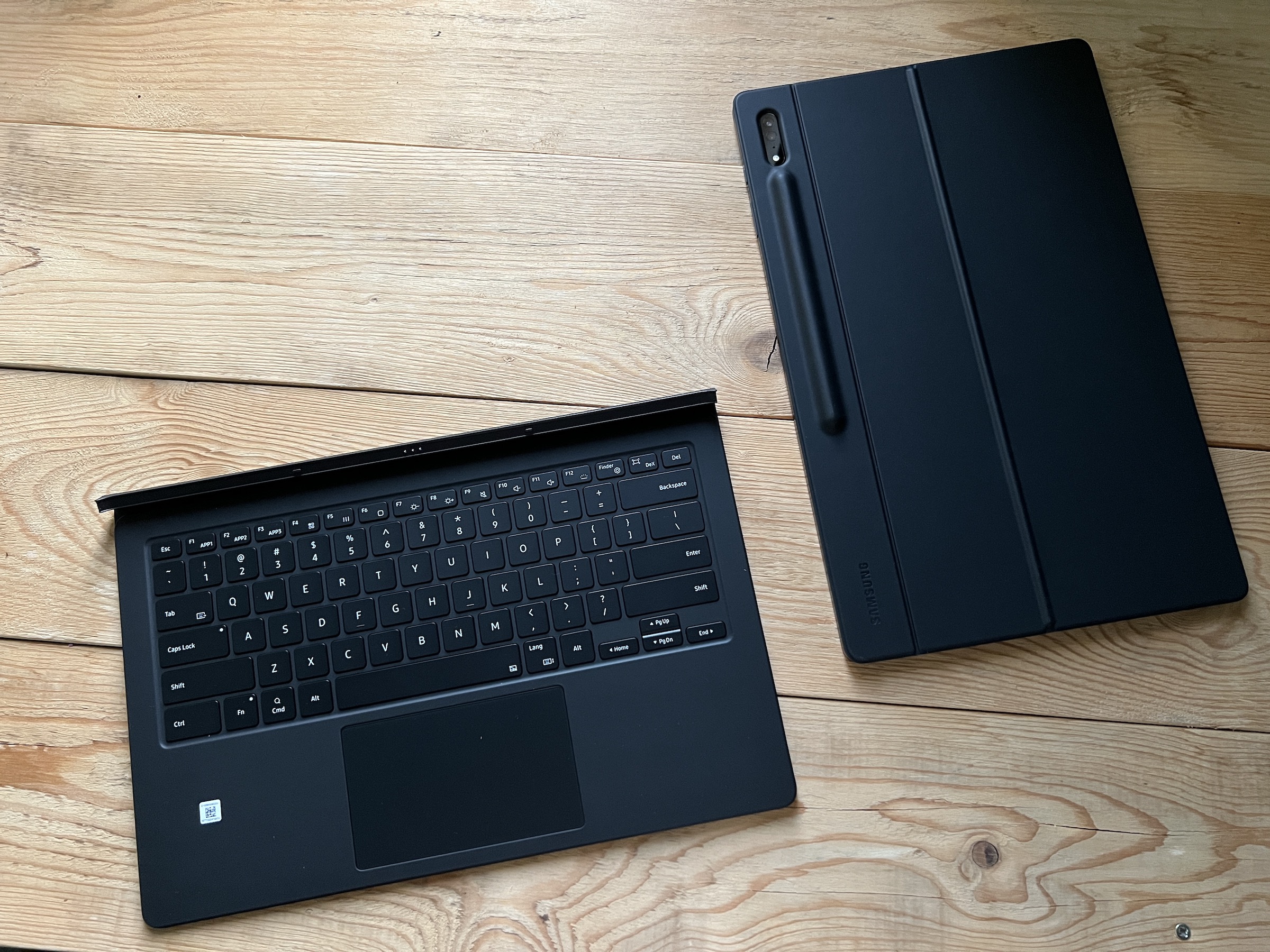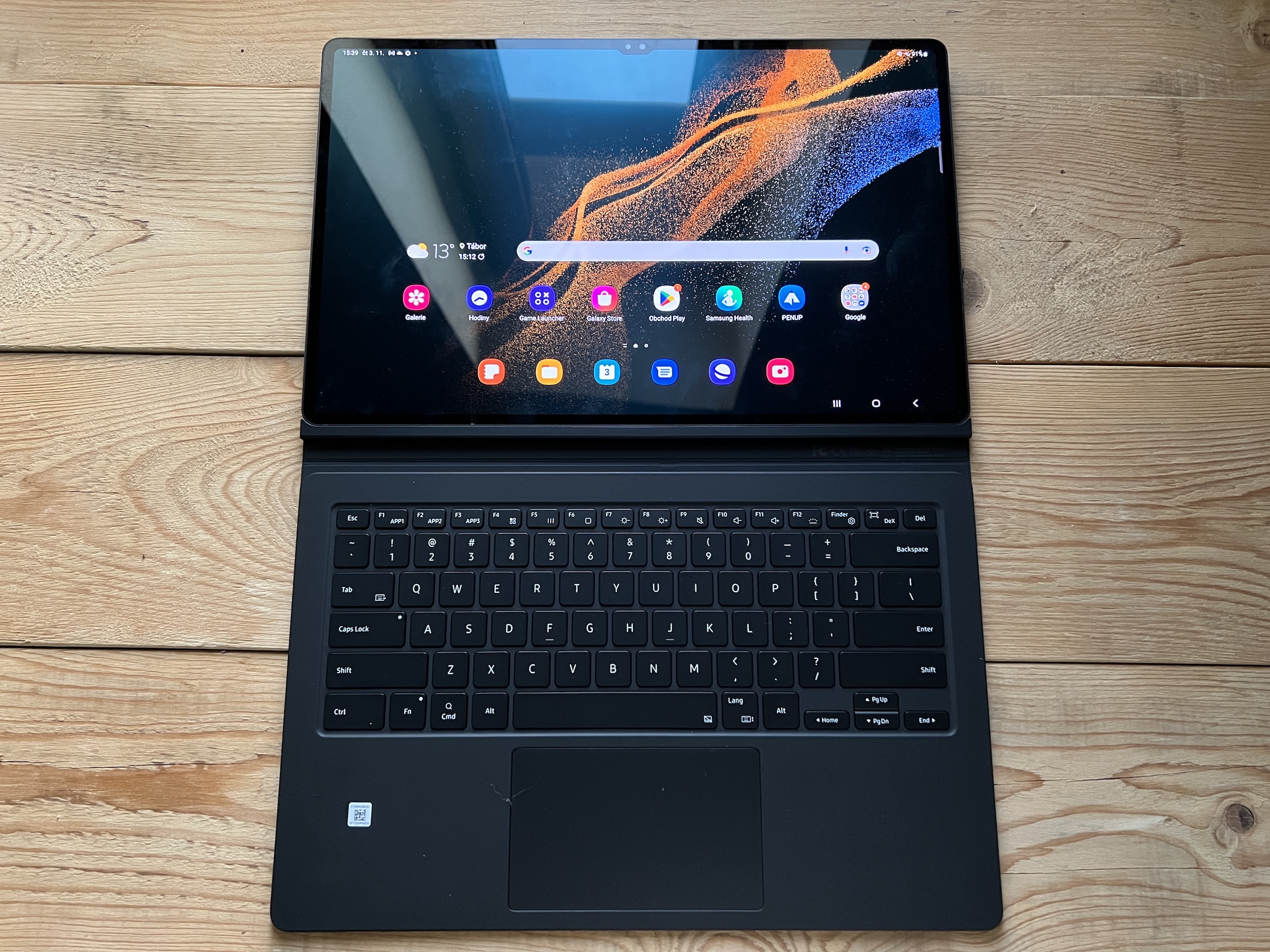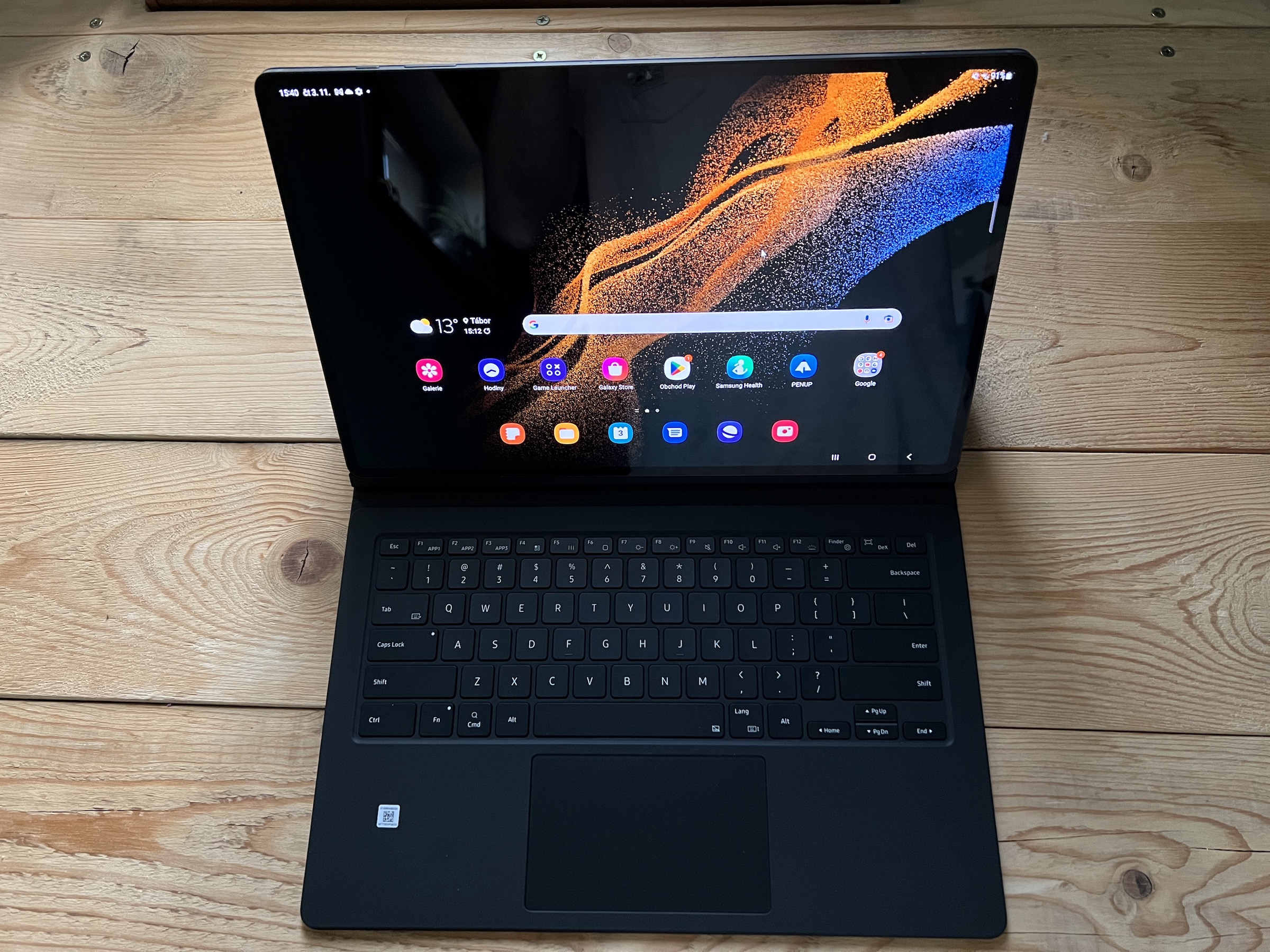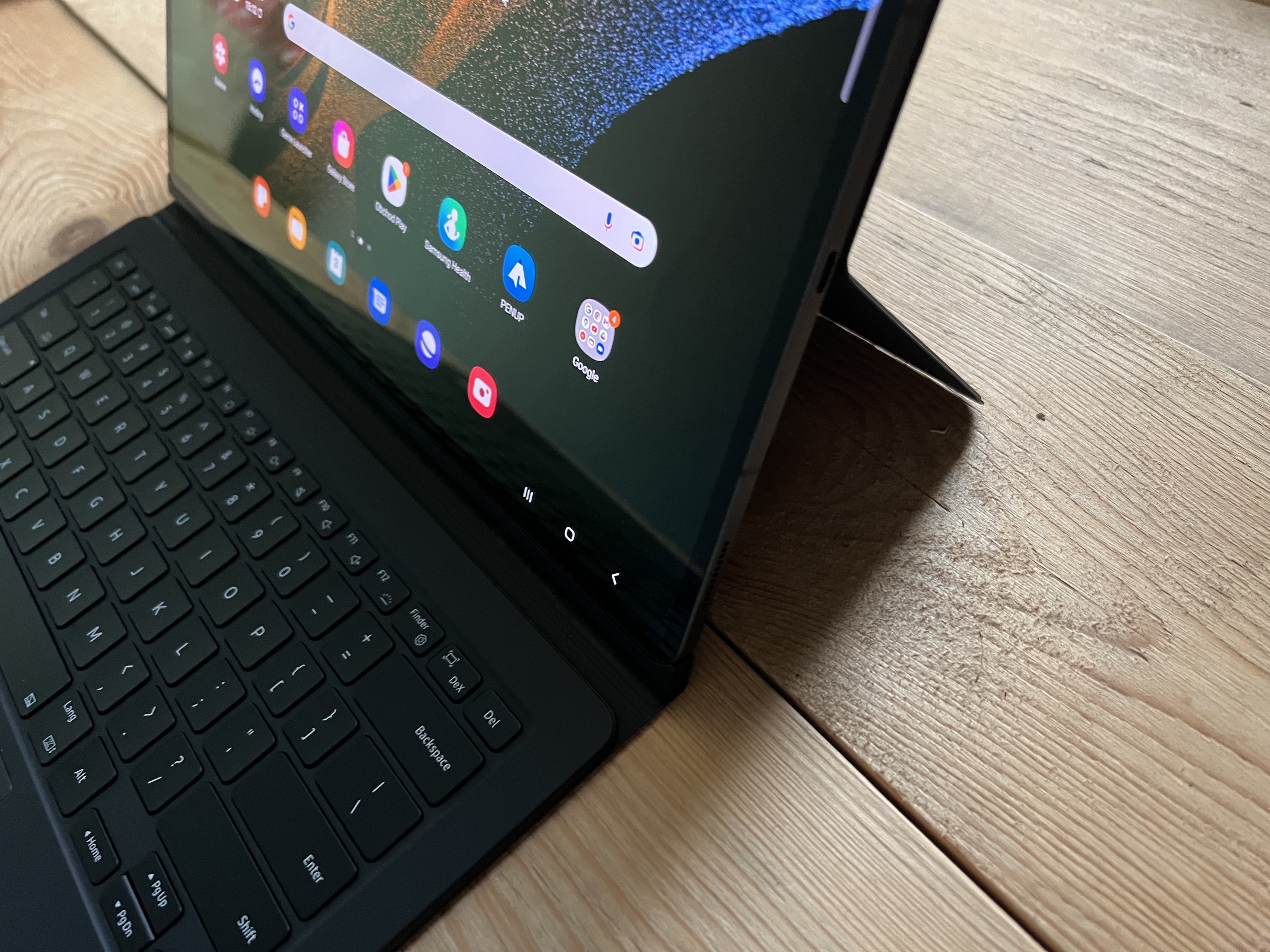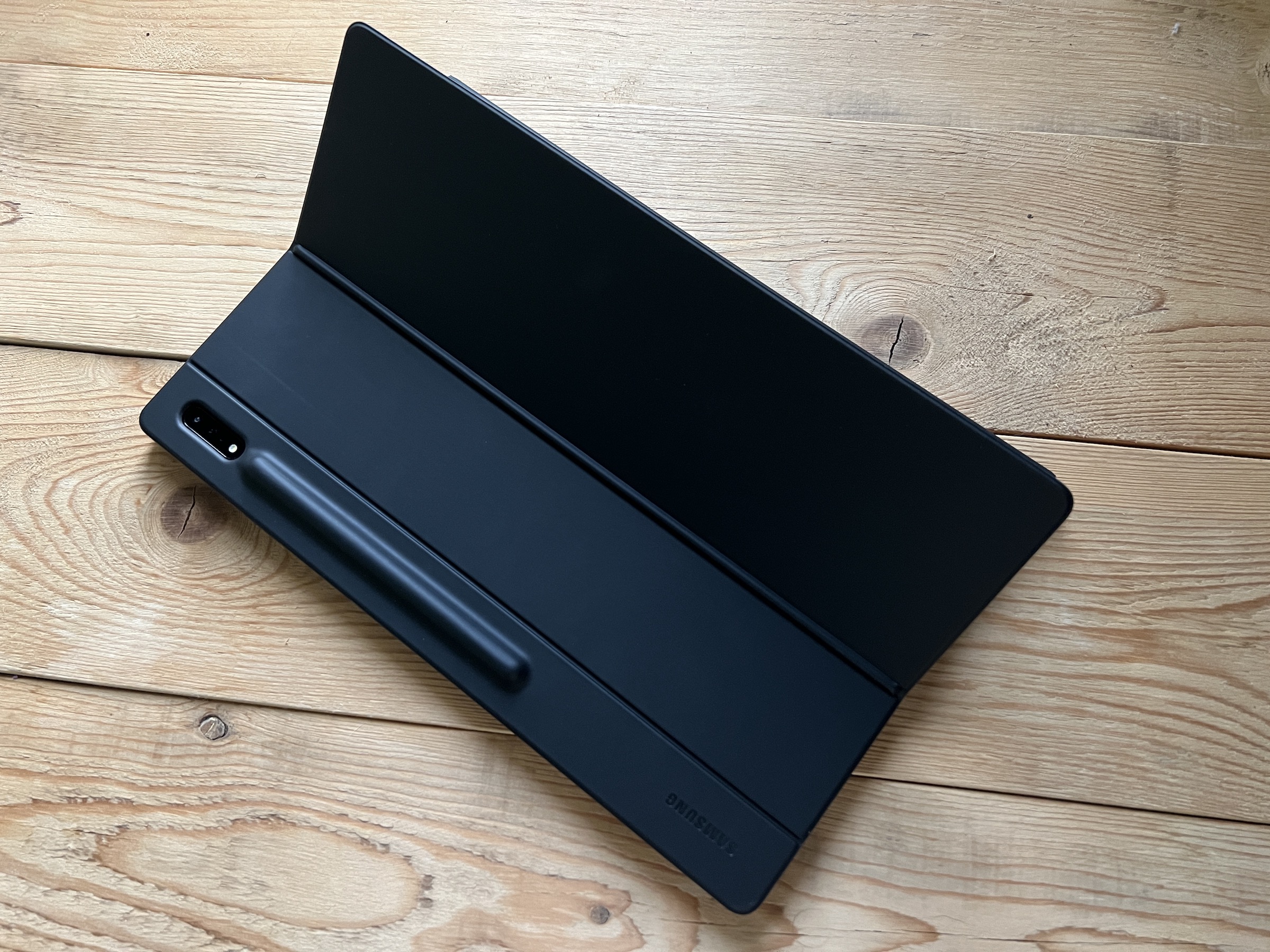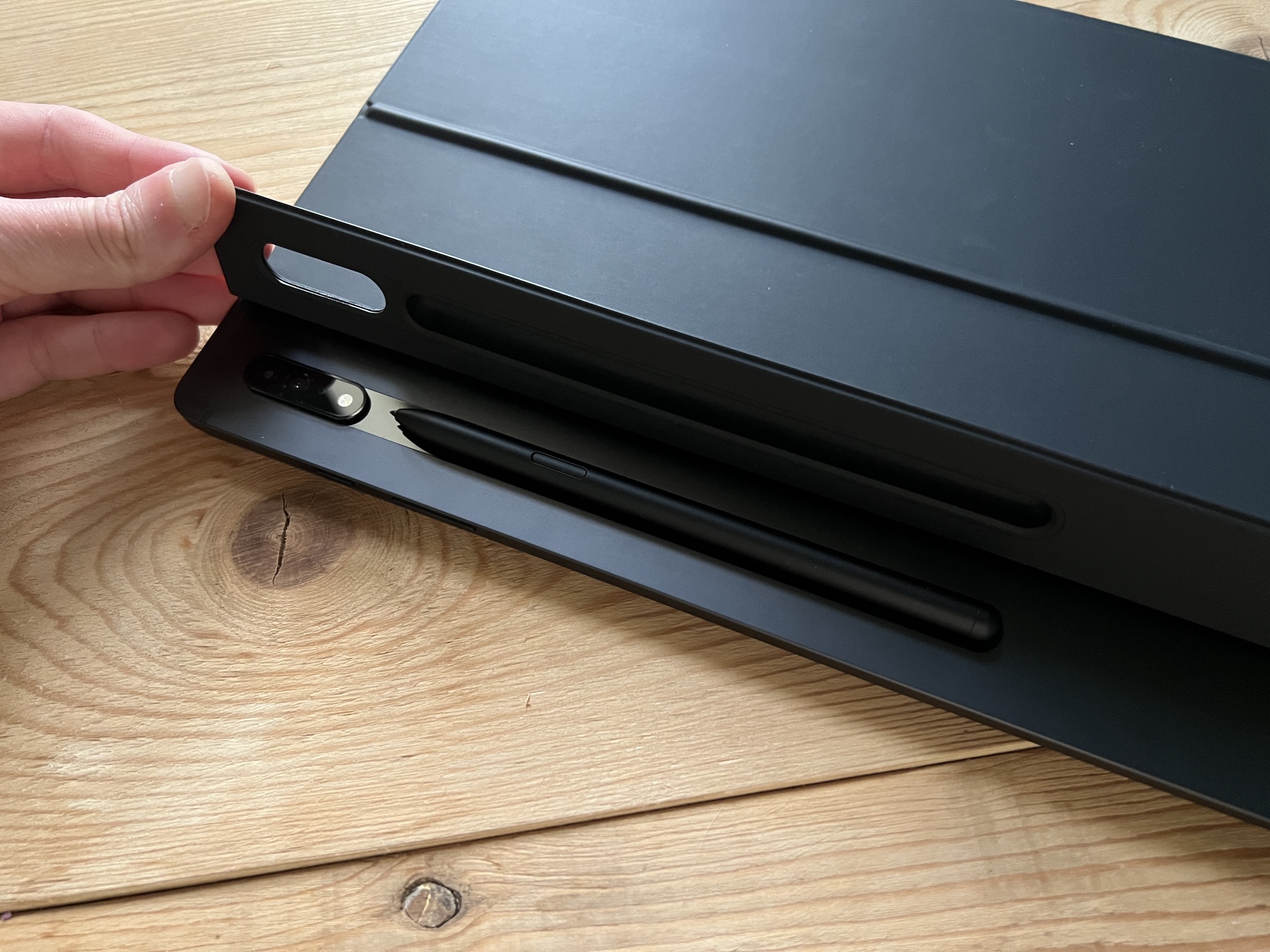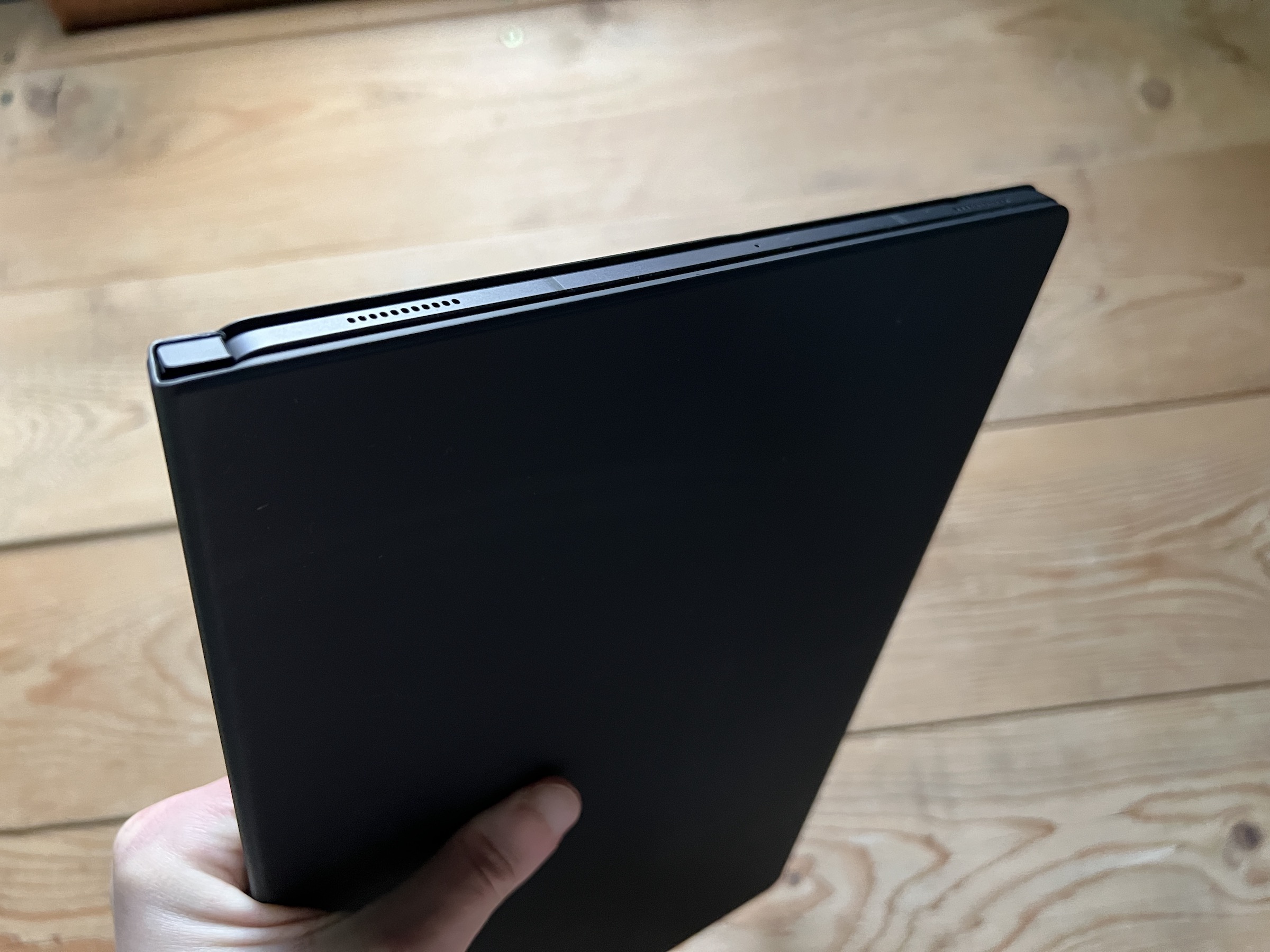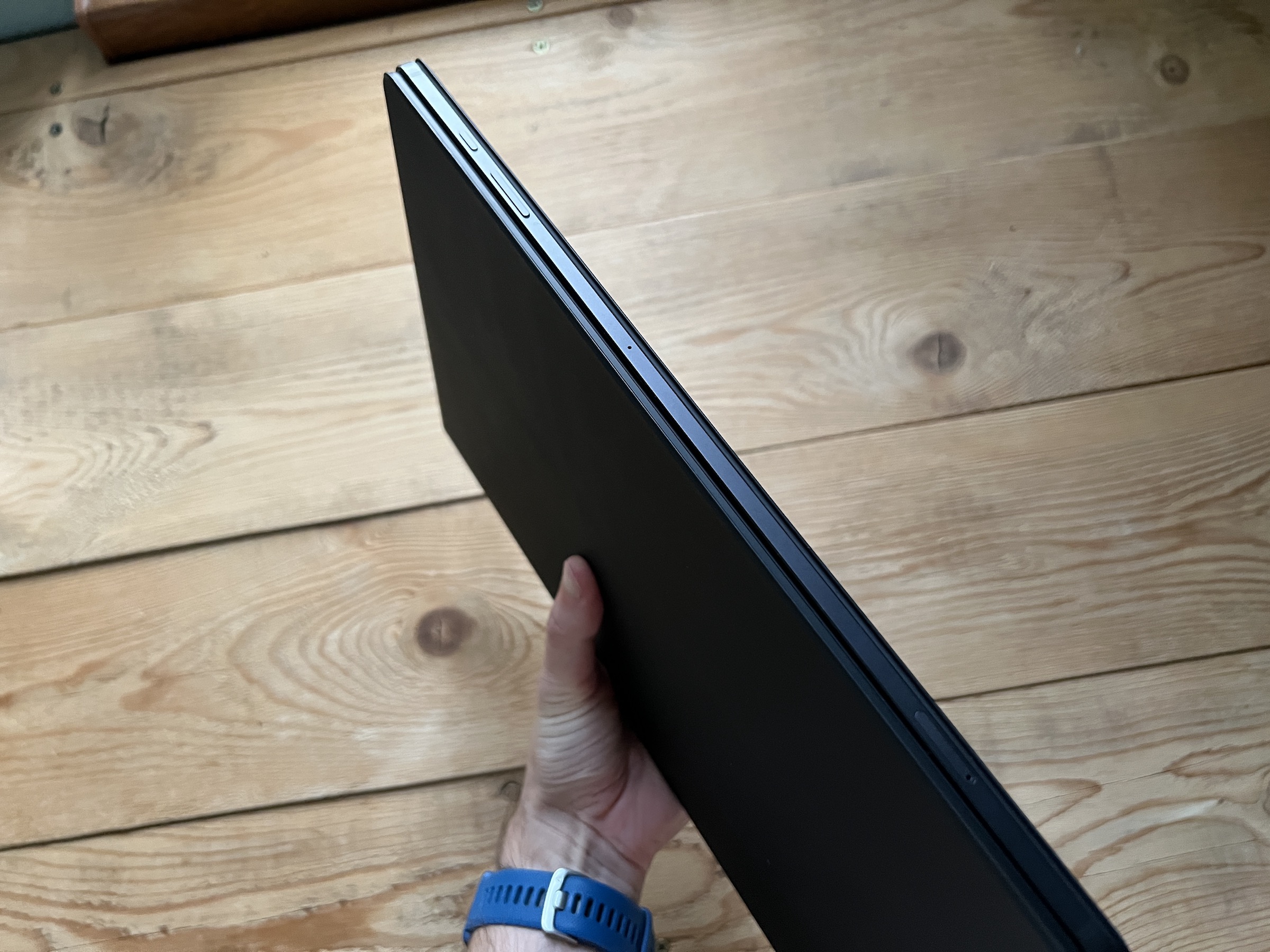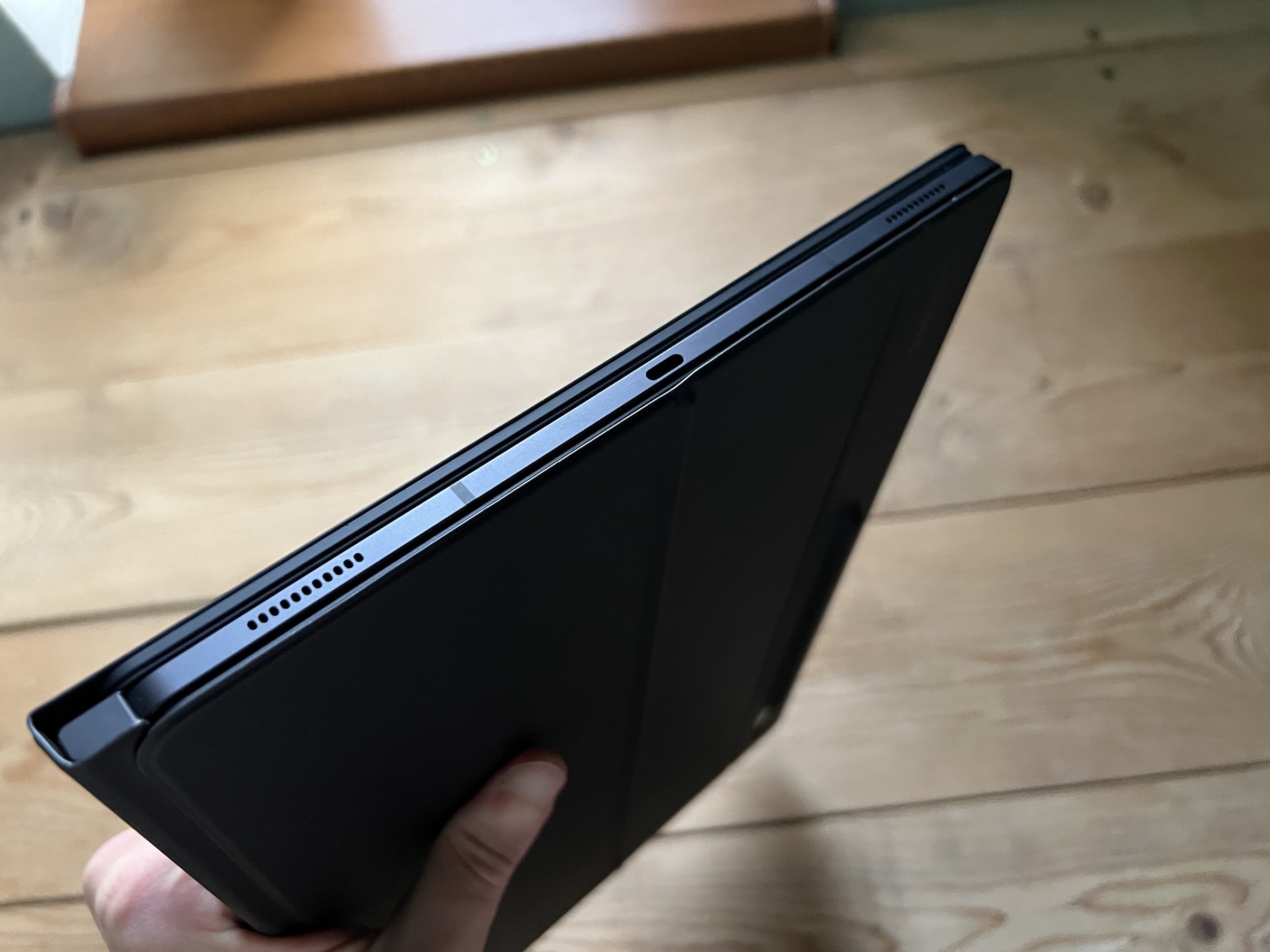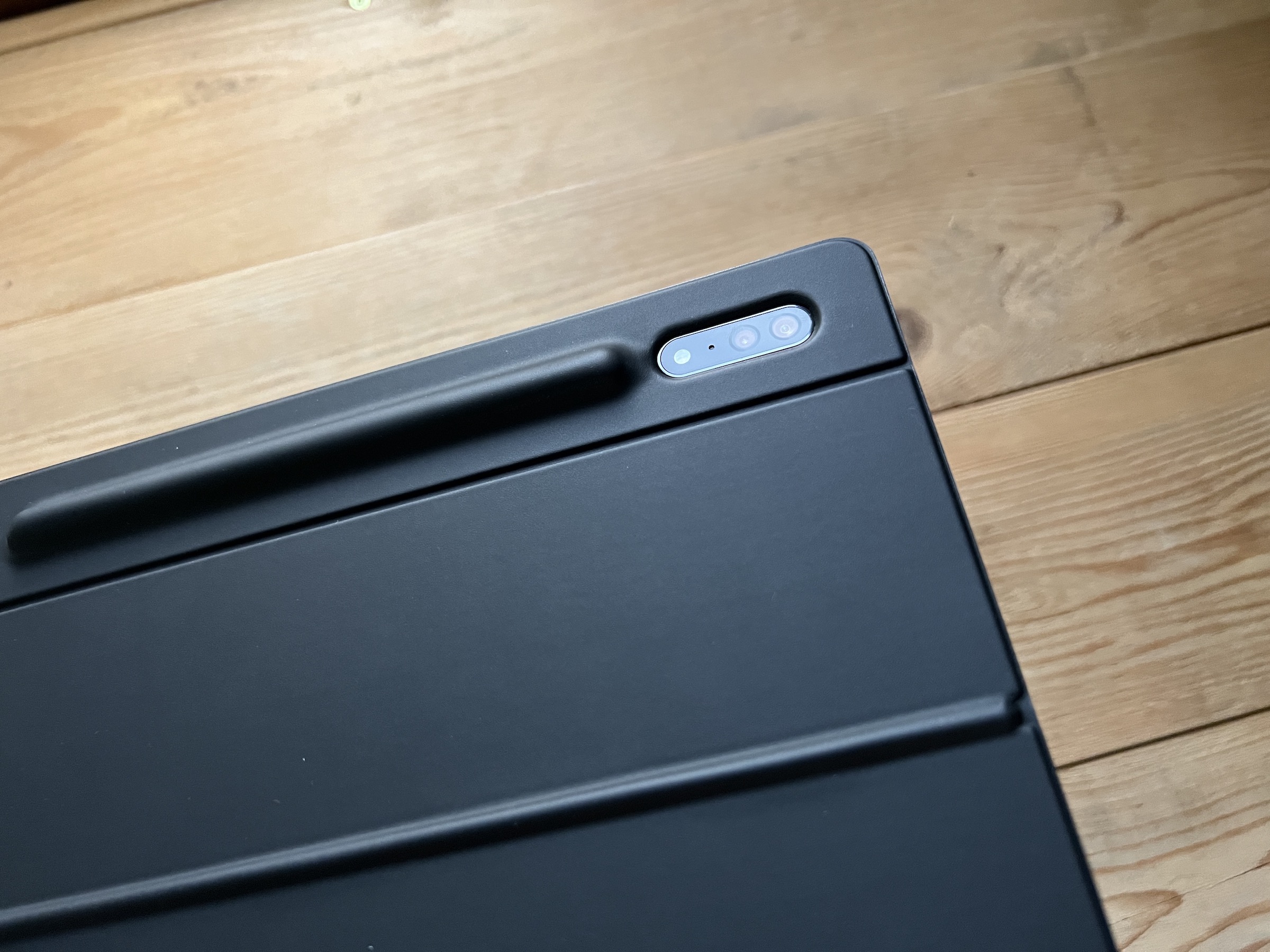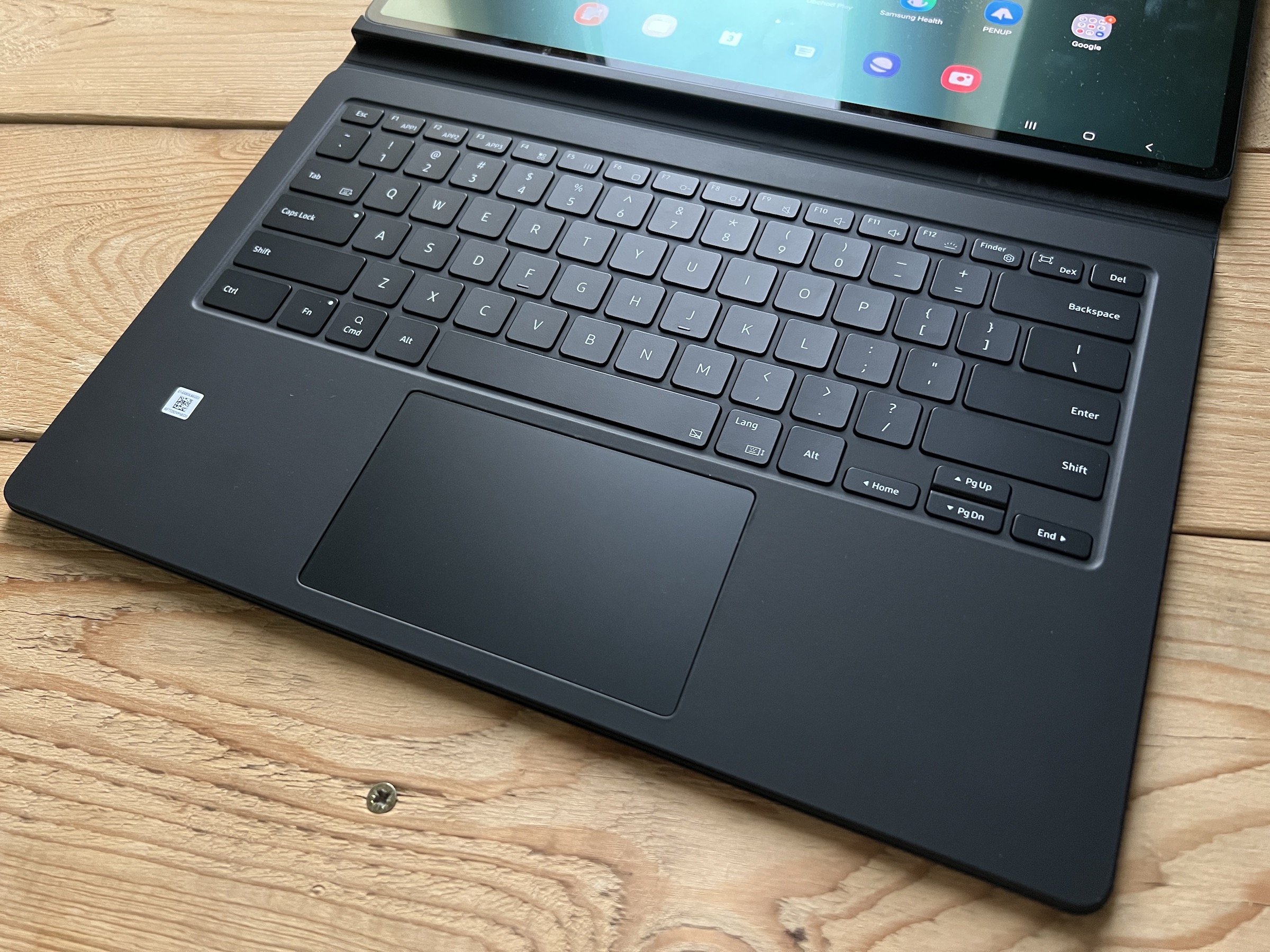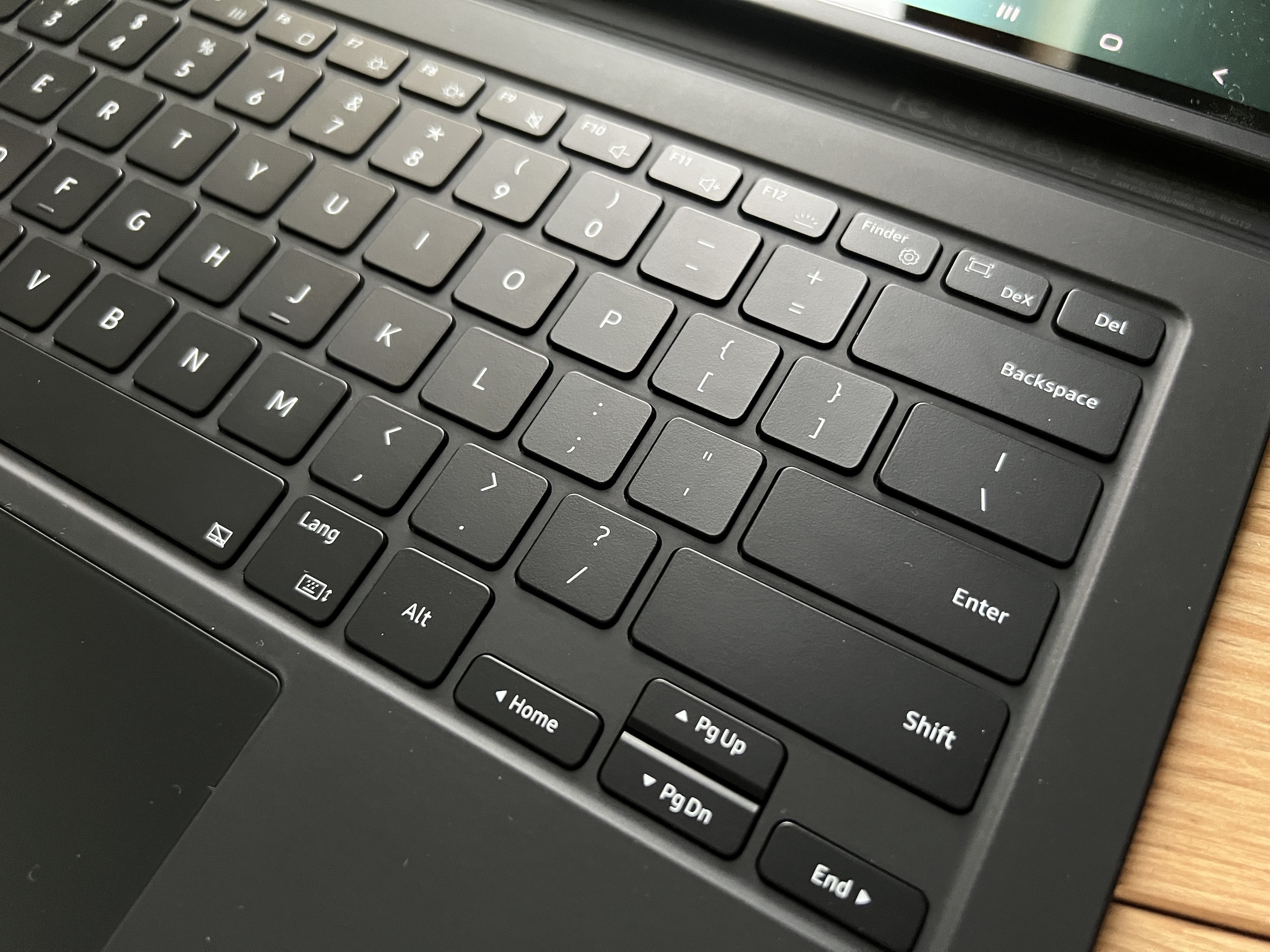In February this year, Samsung presented the top portfolio of its phones and tablets. The first included the Galaxy S22, and the second included the Galaxy Tab S8. It was in a series of tablets that he introduced something that is not yet on the market. The Galaxy Tab S8 Ultra stands out with its 14,6" screen and cutout for the front dual camera. But it also shows that a larger iPad doesn't make much sense.
Samsung tried it and tried to come up with a truly extreme device that aims to compete with the iPad Pro. He succeeded. Uncompromising performance is accompanied by uncompromising equipment, an S Pen stylus in the package and a dual front camera placed in the cutout. Whether it was necessary is another question. What's important is that here we have a huge Android tablet that gives your eyes, fingers and S Pen real space.
The world of Android tablets and iPads with iOS is very different, which also applies to iPhones and perhaps Galaxy phones. Android may not smell good to you, it may seem austere, confusing, complex and even stupid. But Samsung is not Google, and its One UI superstructure can extract much more from the same system, which in this case it will show you on a 14,6" display with a resolution of 2960 x 1848 pixels at 240 ppi with up to 120 Hz and an aspect ratio of 16:10. It's not miniLED, it's Super AMOLED.
It is this aspect ratio that makes the tablet a relatively long and narrow noodle, which is better used in landscape than in portrait, but in the case of Android, the width is not quite properly optimized, although it is fine for working with two windows. But then there is DeX. DeX is what Samsung has, but others don't. It's what makes such a giant tablet an extremely desktop-like device, and it's also what makes a larger iPad pointless.
Until Apple understands that iPadOS is limiting for a device as powerful as the iPad Pro with an M2 chip, the iPad can never become anything more than an iPad. But the Galaxy Tab S8 Ultra tempts you to really replace your computer with it to some extent, especially in combination with a keyboard and touchpad. After all, that's what Apple is trying to do with its iPads, but it doesn't achieve the same experience.
It could be interest you
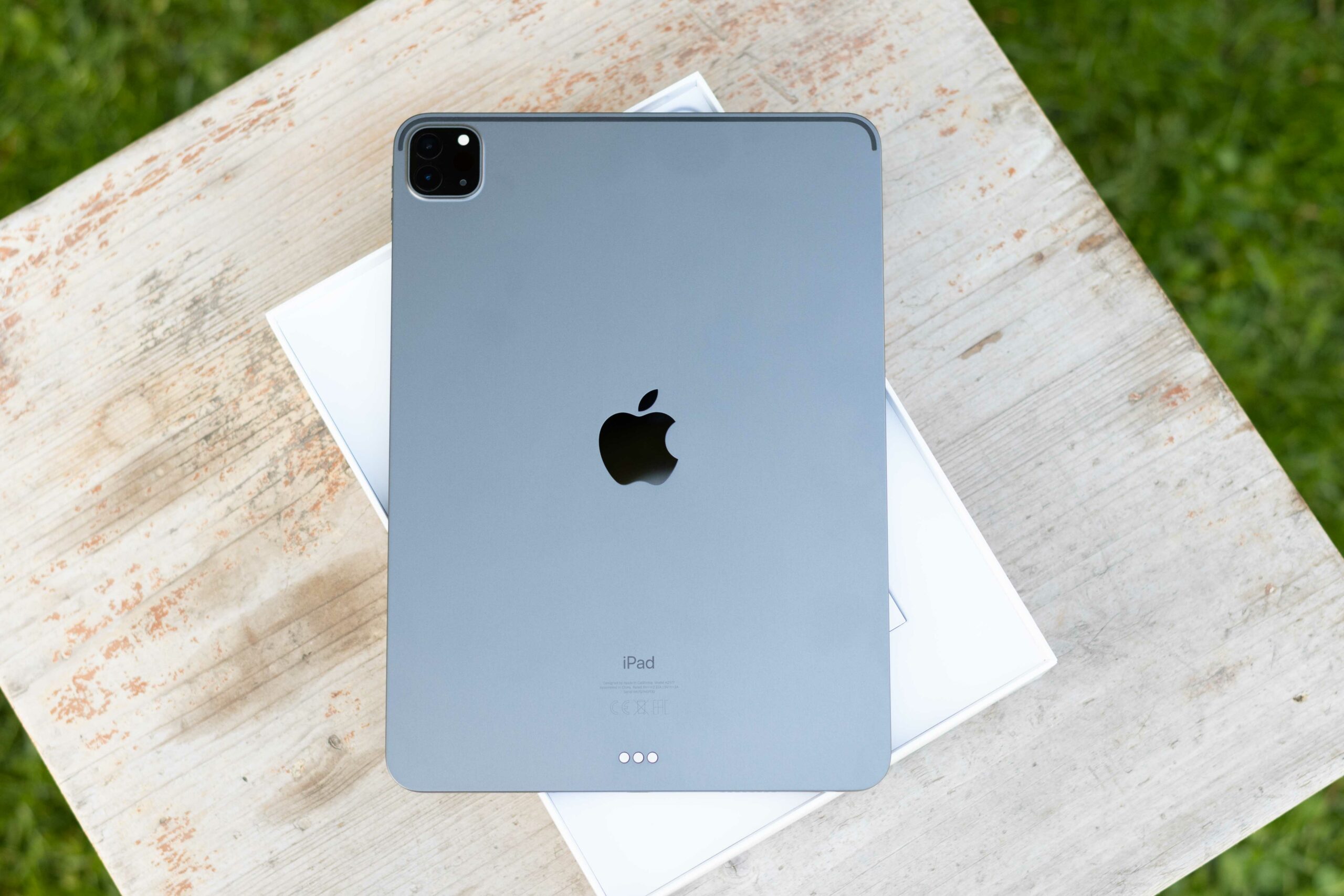
The price is the problem
Either Apple's solution or Samsung's, of course, comes down to the main thing, which is the price. There is practically no reason to invest in a tablet with a keyboard with a touchpad/trackpad and possibly an Apple Pencil when the result is significantly more expensive than a laptop. Since it weighs quite a bit, there is actually no benefit compared to such a MacBook Air. Although it has a smaller diagonal than the Galaxy Tab S8 Ultra, its full-fledged system simply offers more. Samsung also has its laptops, but they don't sell them here, so there's not much to compare with here.
Of course, Samsung's solution has its supporters, of course there are also those who would see a clear potential in this size in the case of the iPad. But even in view of the declining tablet market, it is a big question whether it is a reasonable step to sink money into development. Folding phones are often referred to as a dead end, but on the other hand, those with smaller diagonals may have more potential than such overgrown monsters. The world of tablets may have reached its peak and has nothing more to offer. And when this peak is reached, there must necessarily be a decline.
Just for comparison: the Galaxy Tab S8 Ultra costs CZK 29 on the Samsung.cz website, while the Apple iPad Pro M990 costs CZK 2 in the Apple Online Store. But you will find the S Pen in the package of the Samsung tablet, the 35nd generation Apple Pencil costs an additional CZK 490, and the Magic Keyboard an extreme CZK 2. The Book Cover Keyboard for the Tab S3 Ultra costs CZK 890.
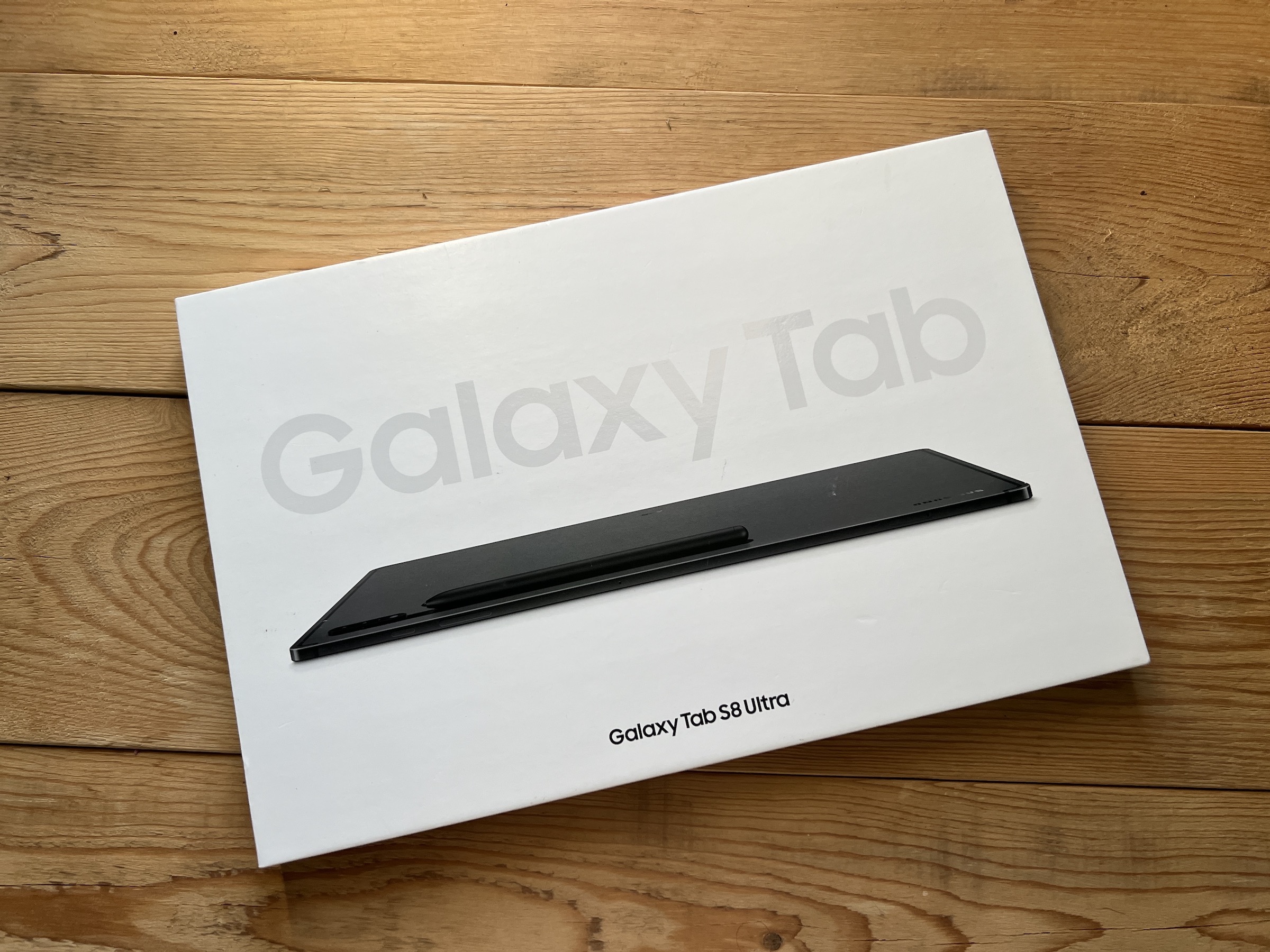
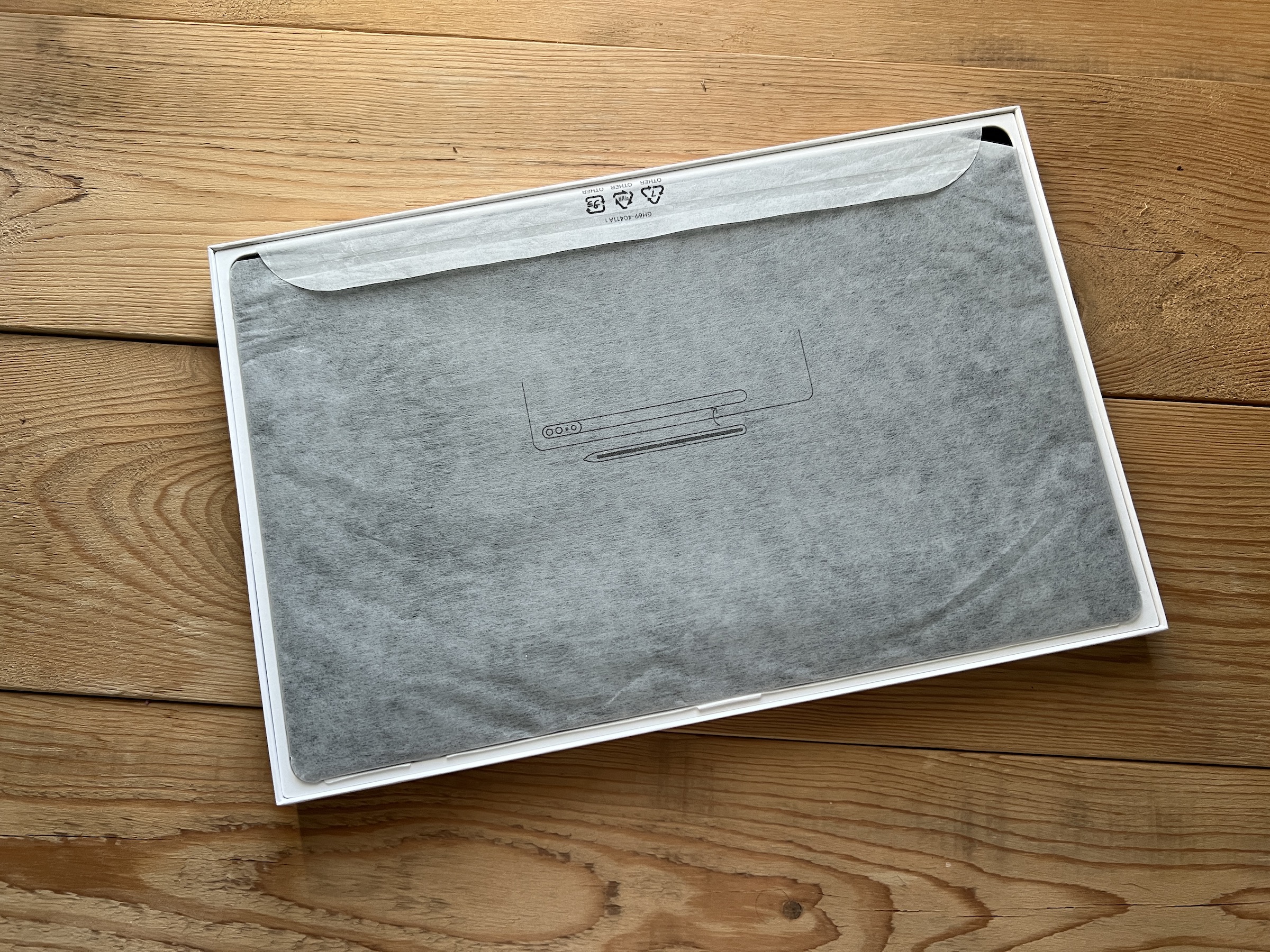
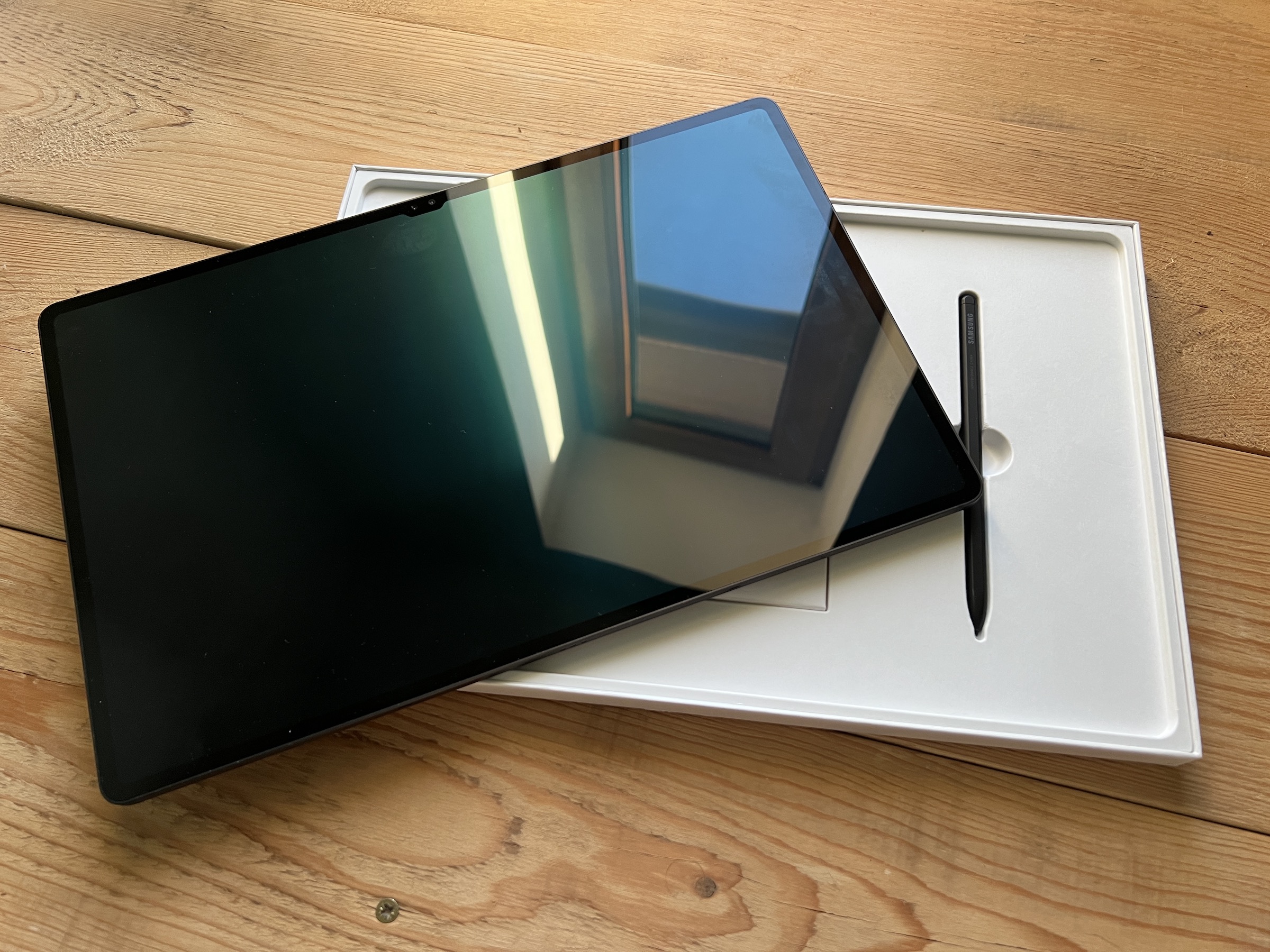
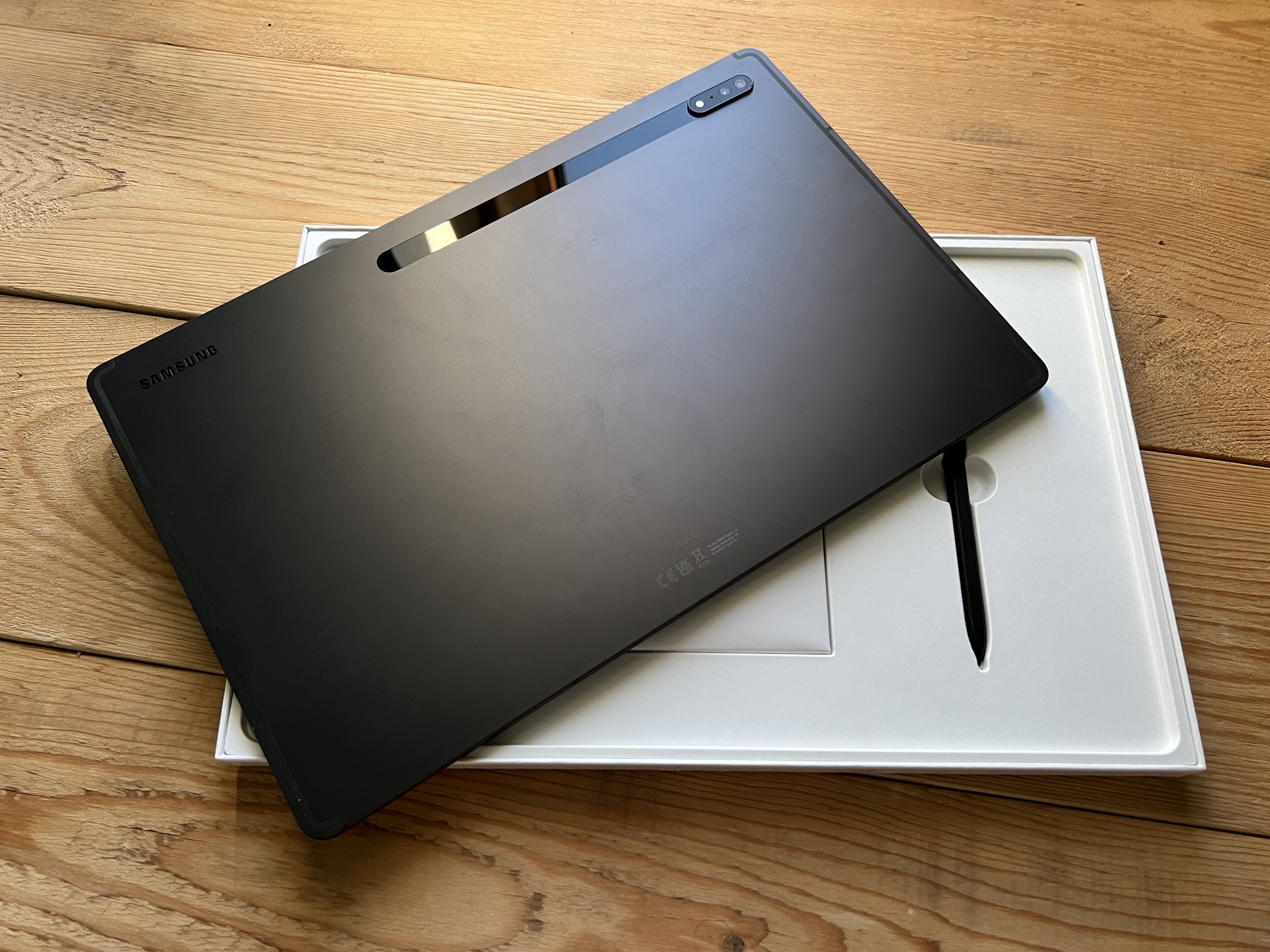
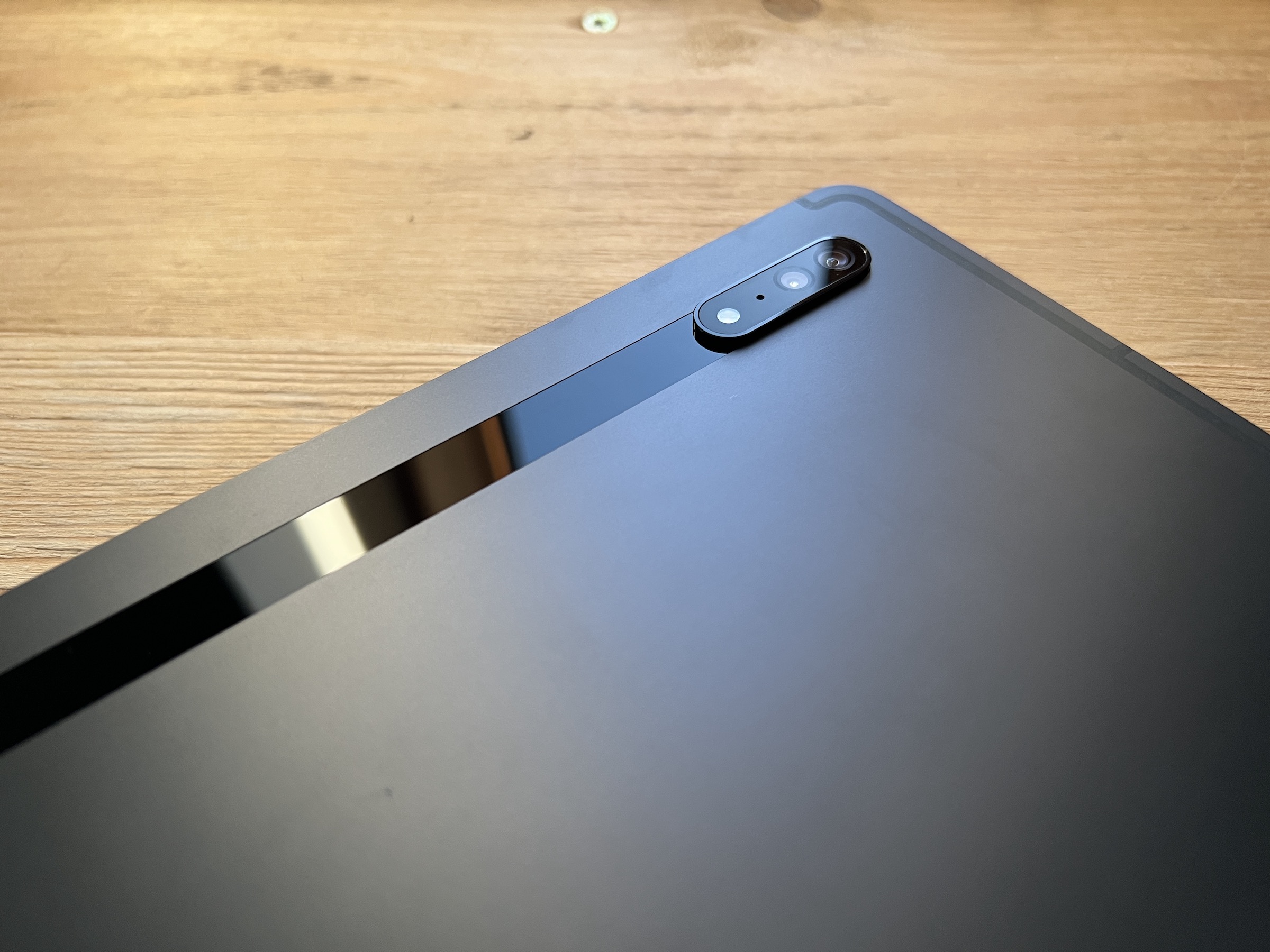
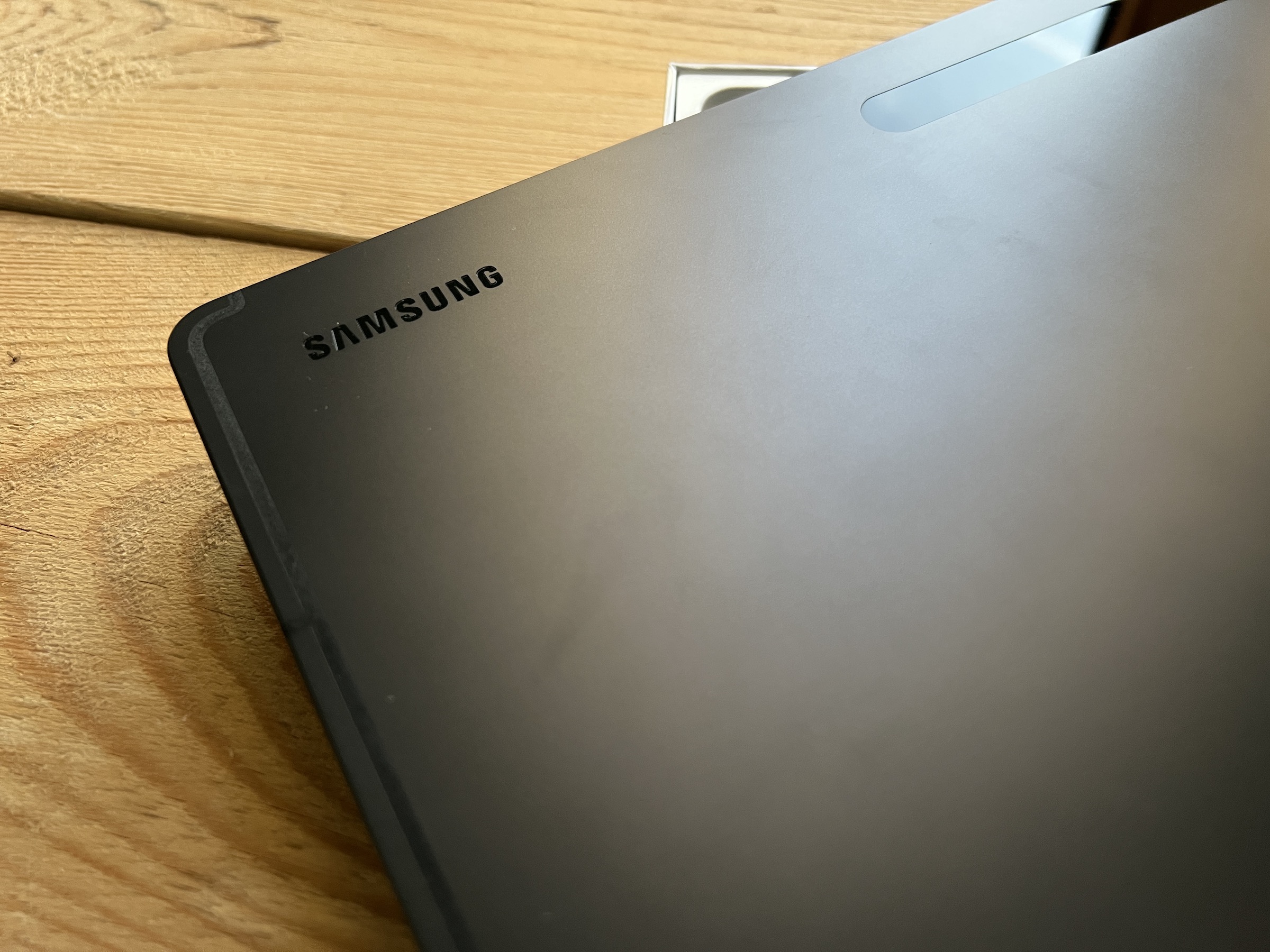

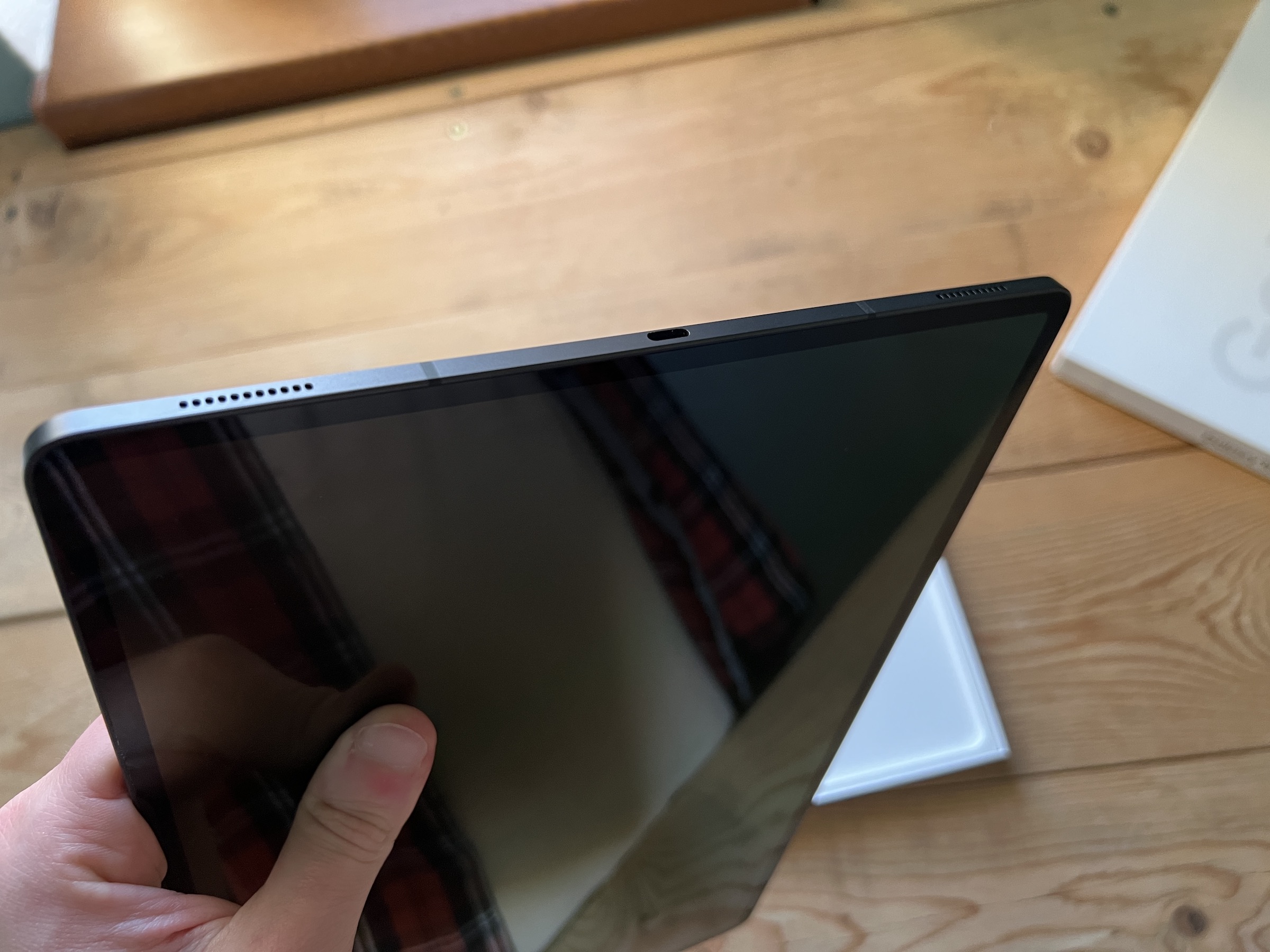
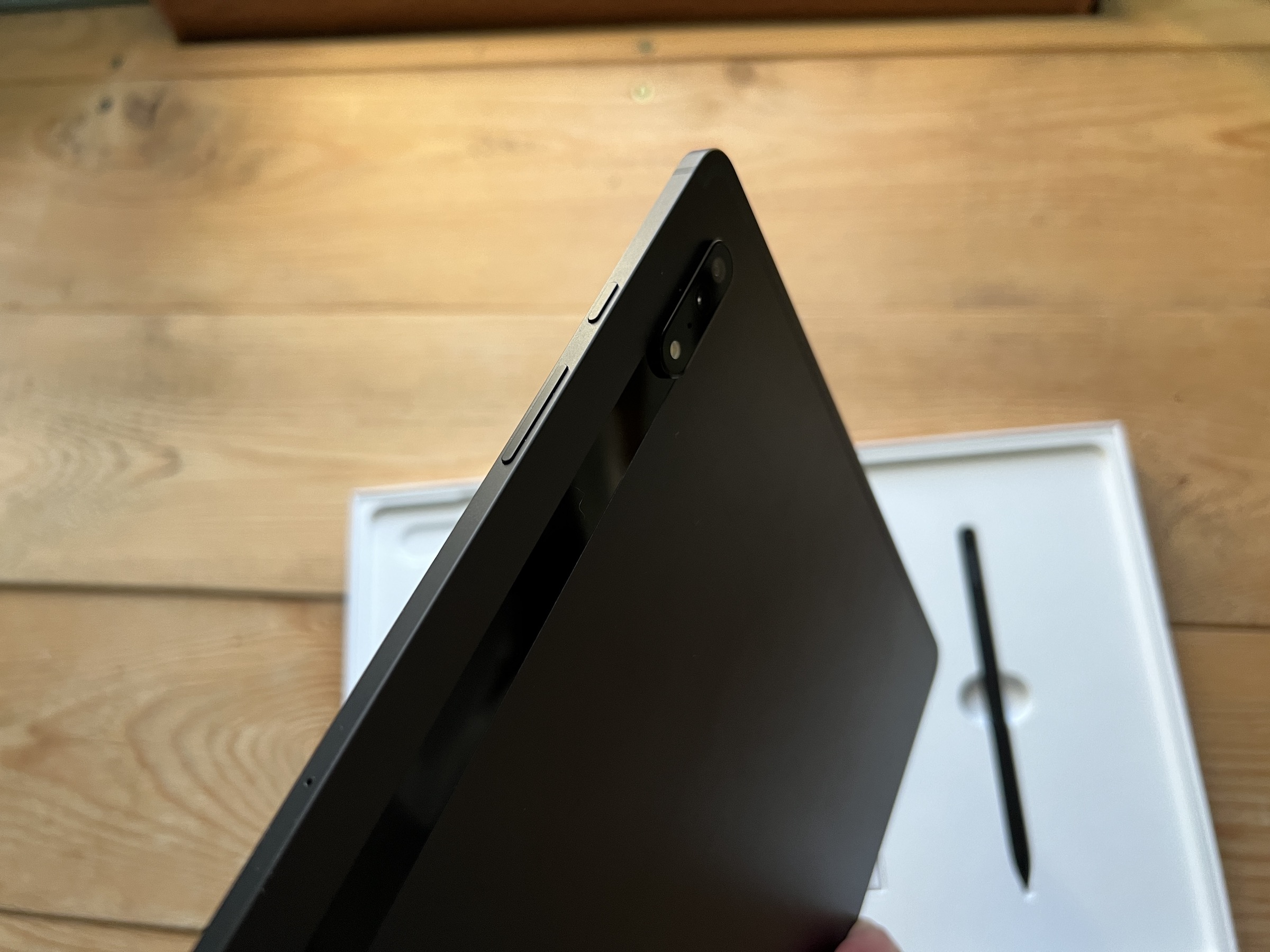
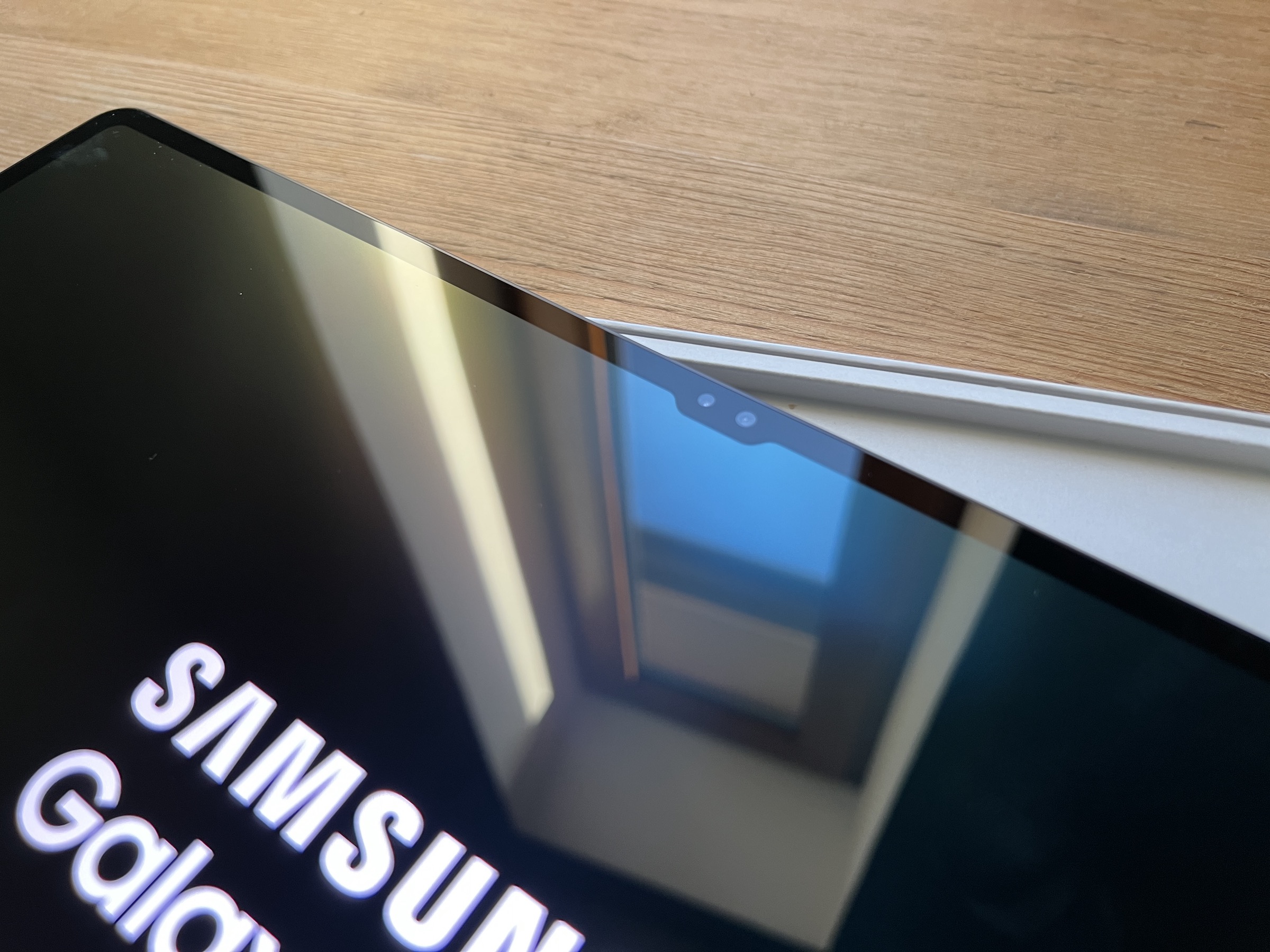
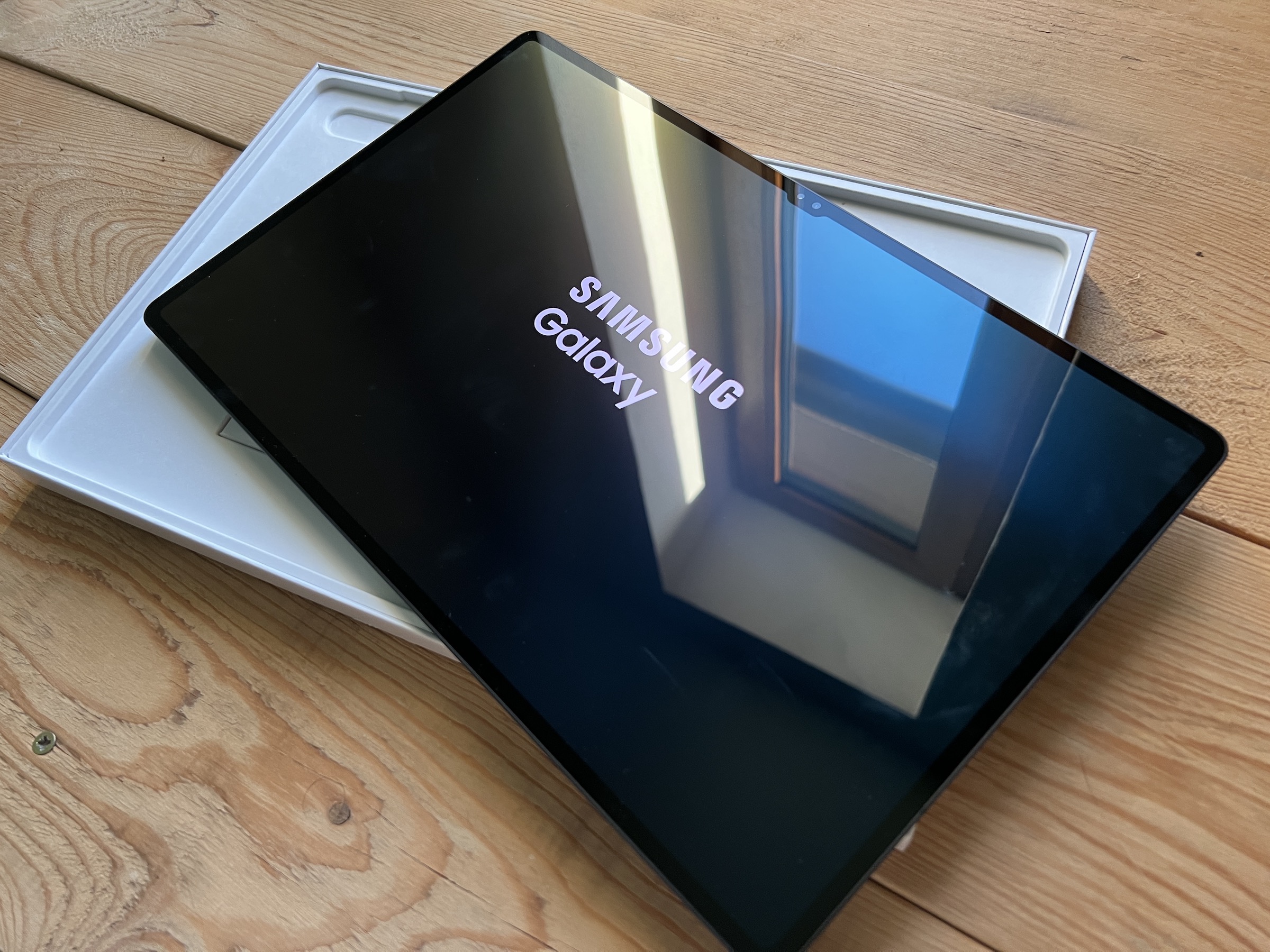
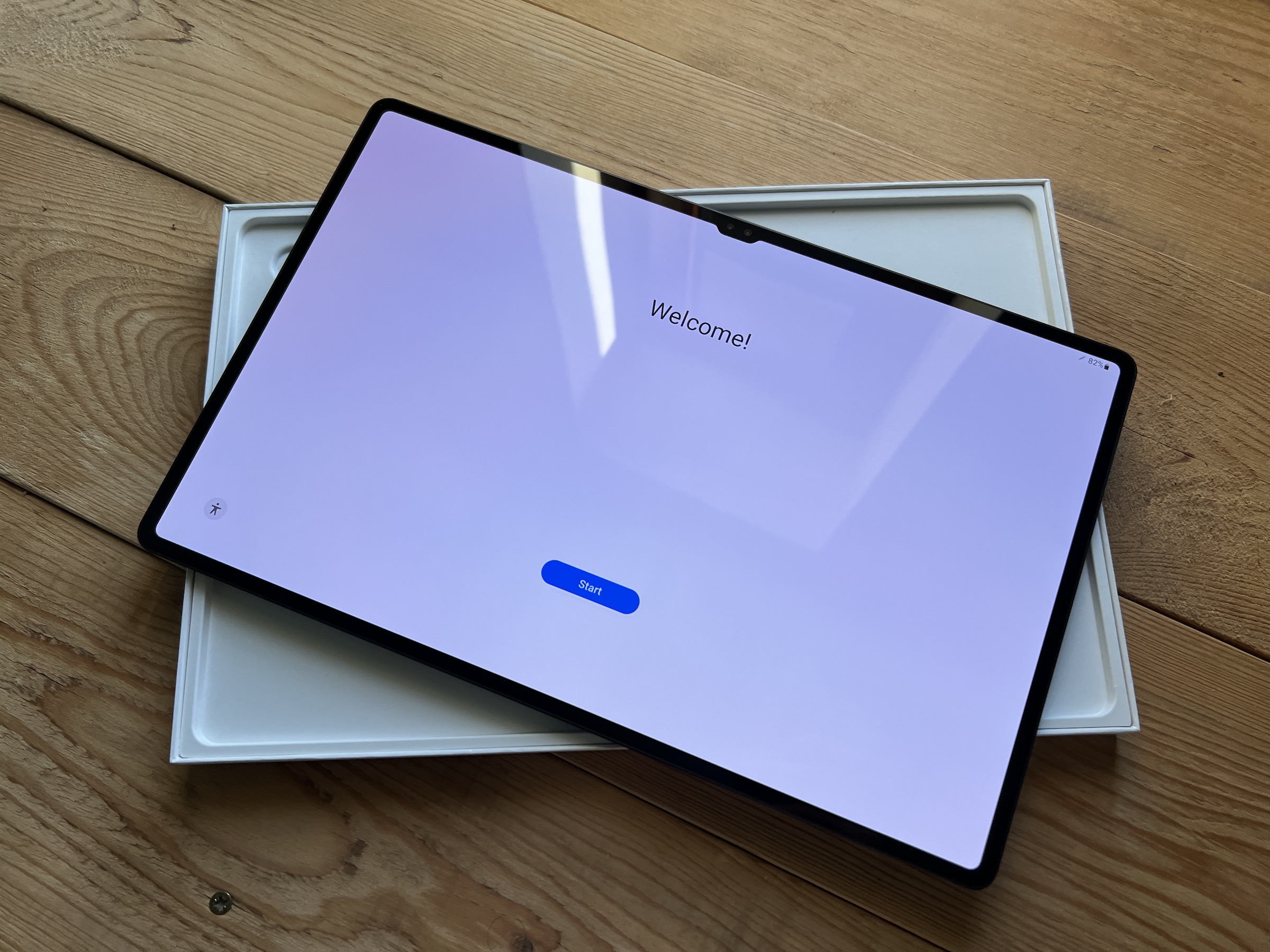
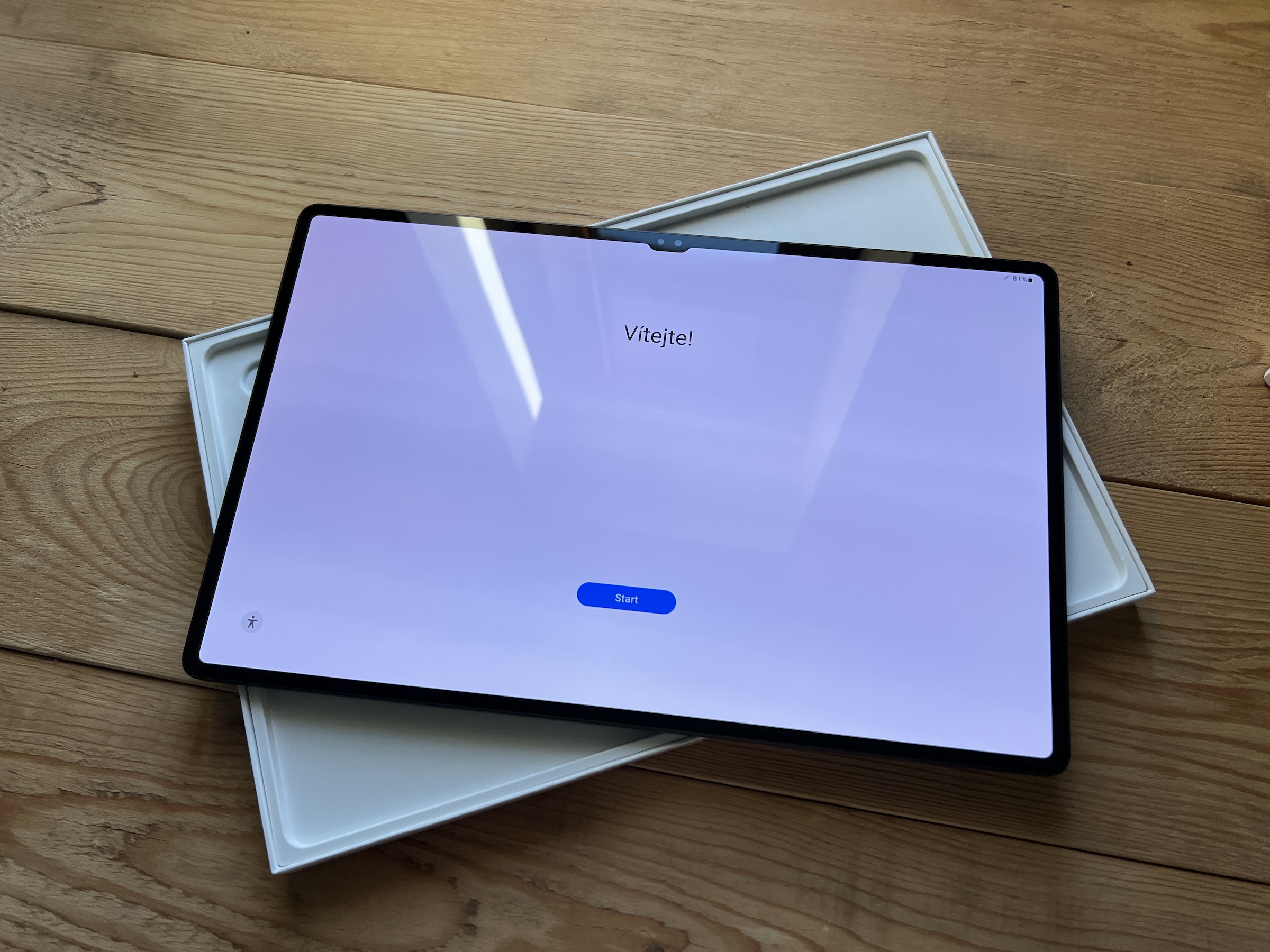
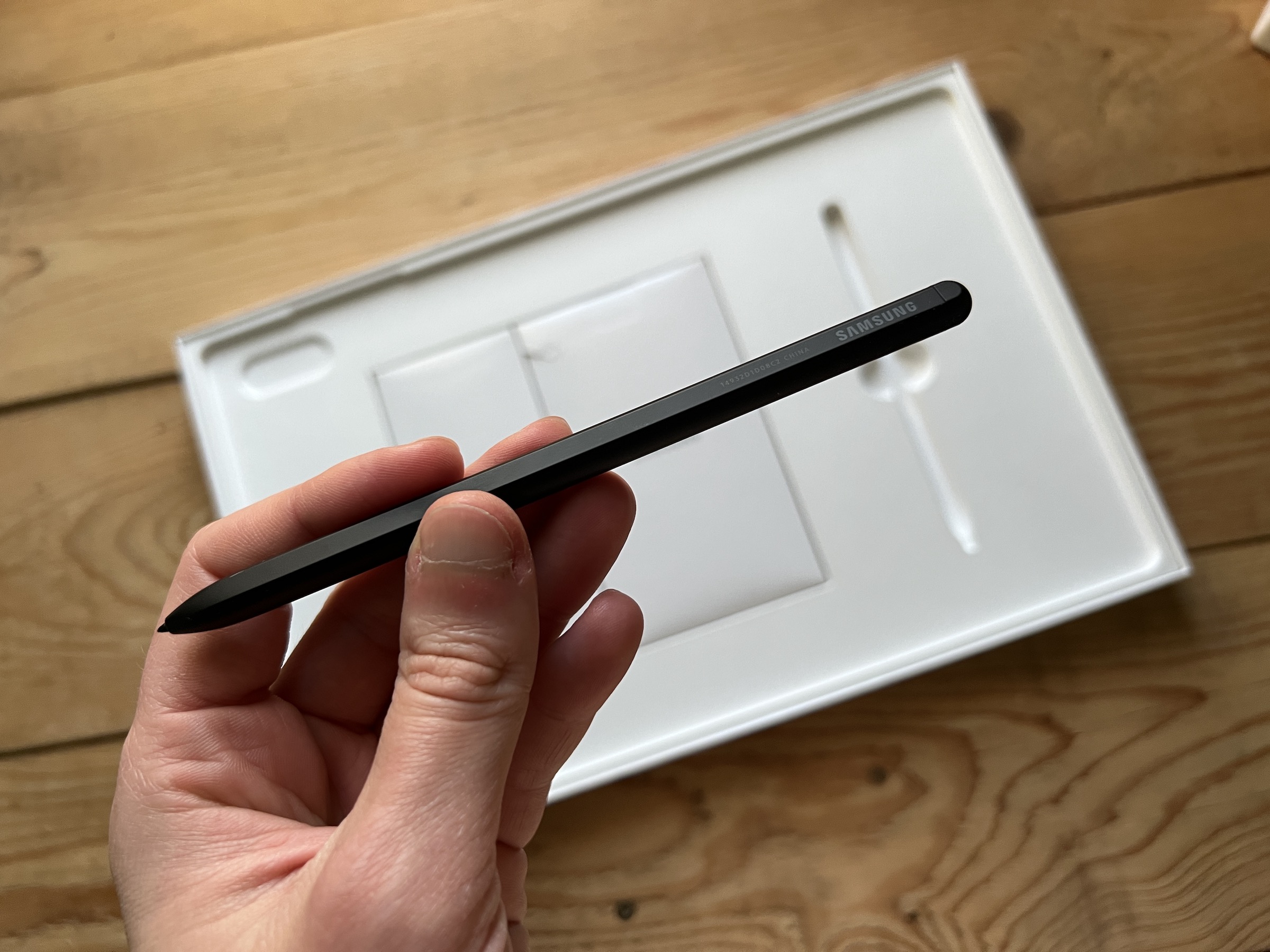

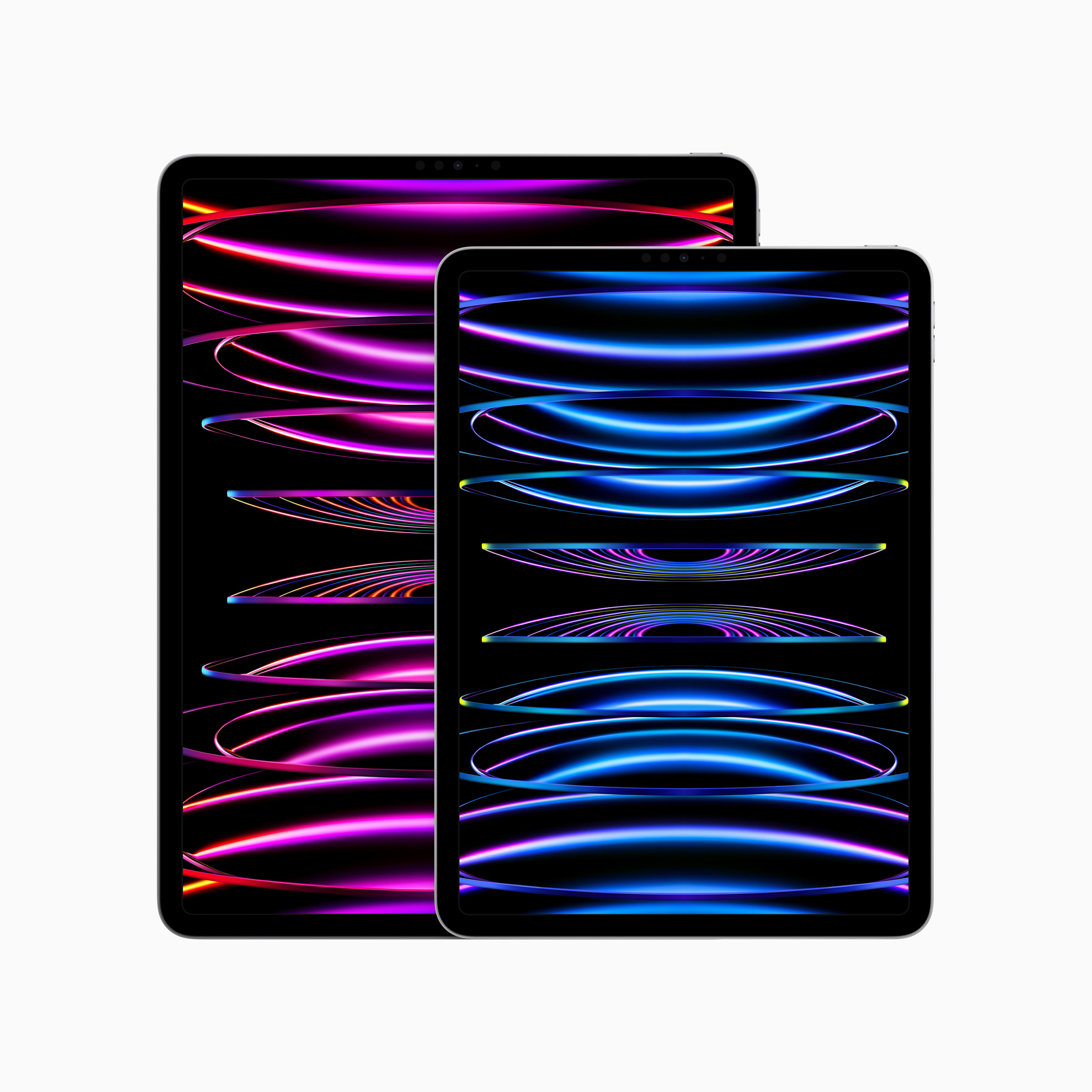
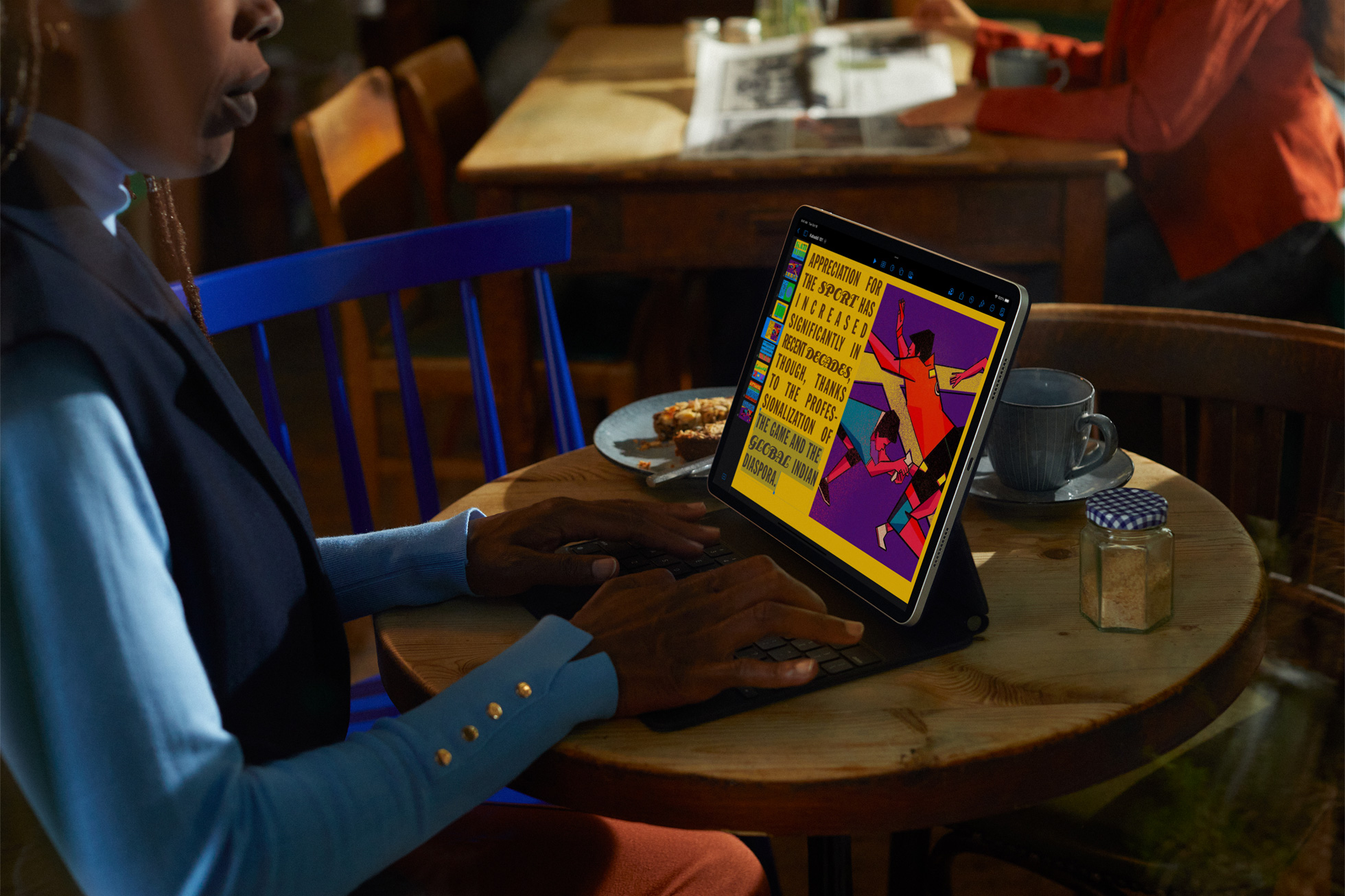
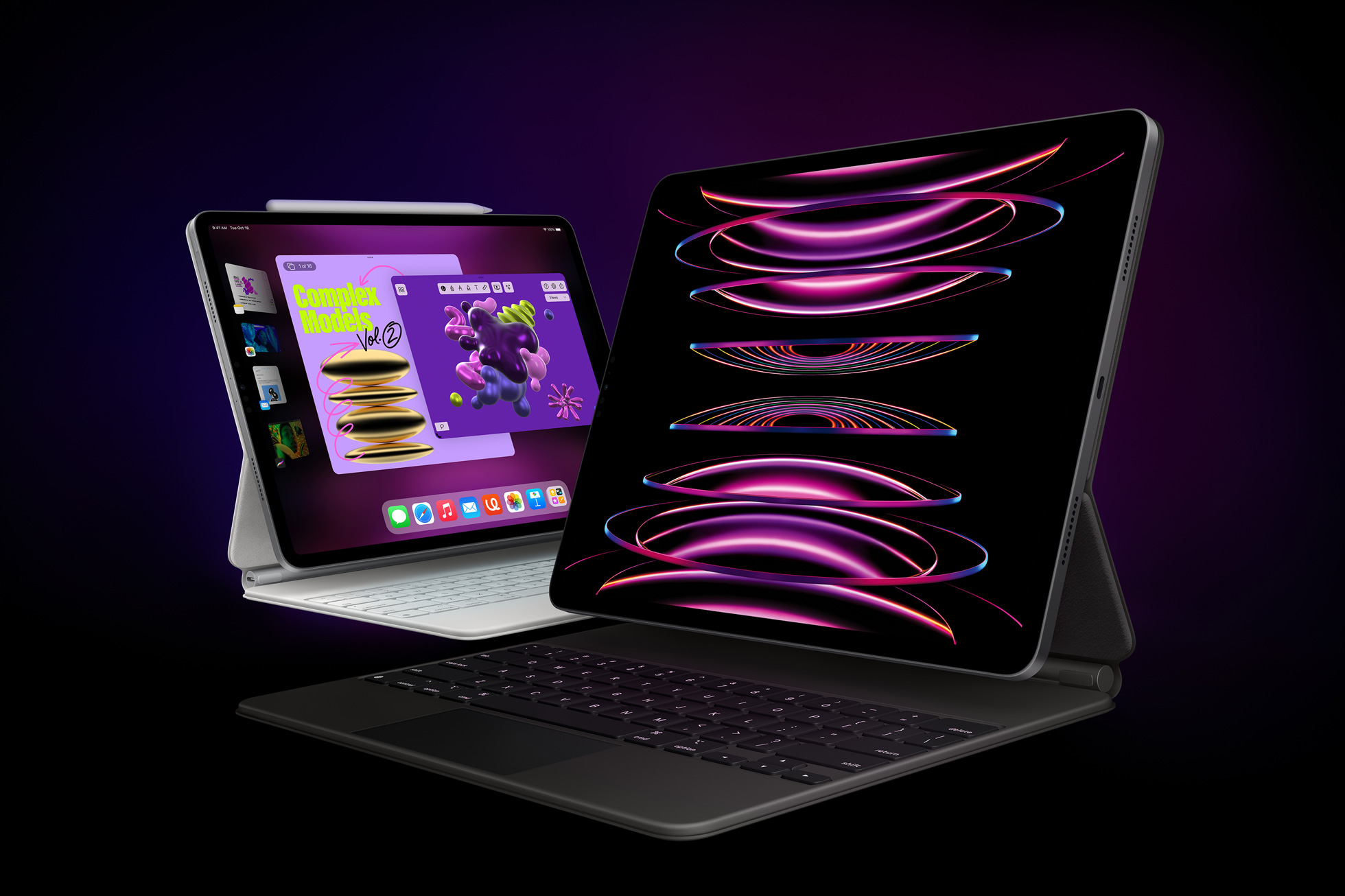

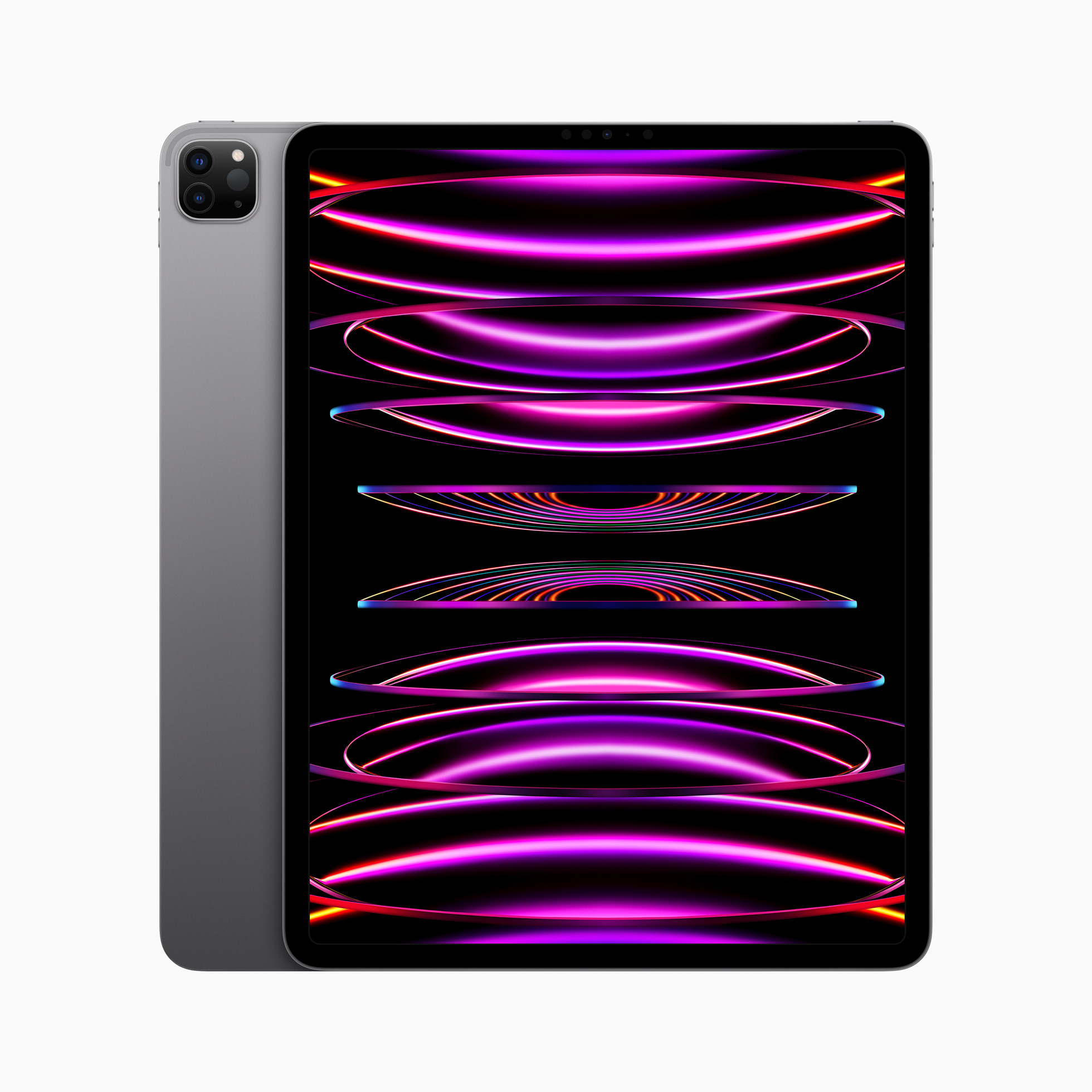
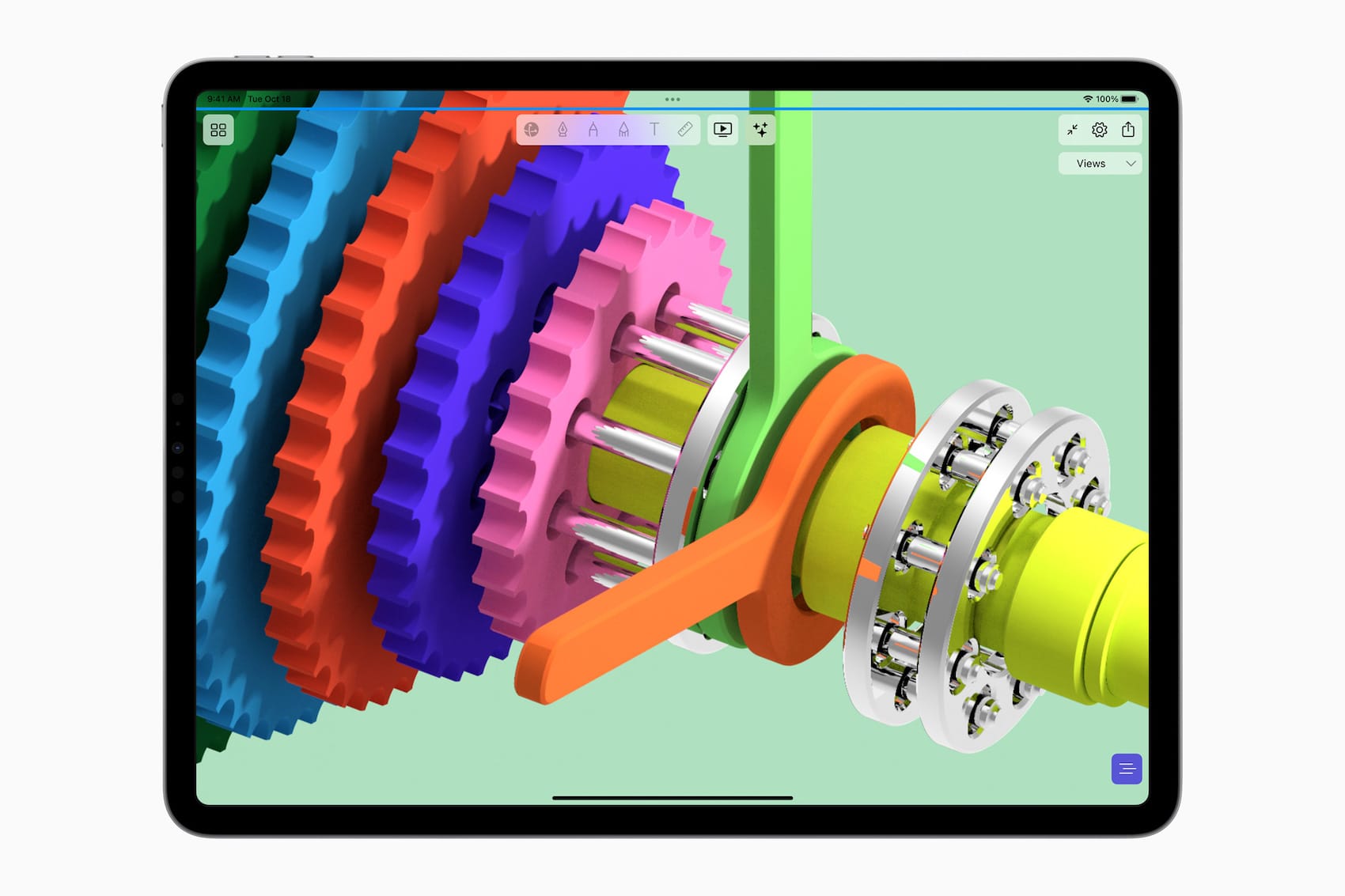
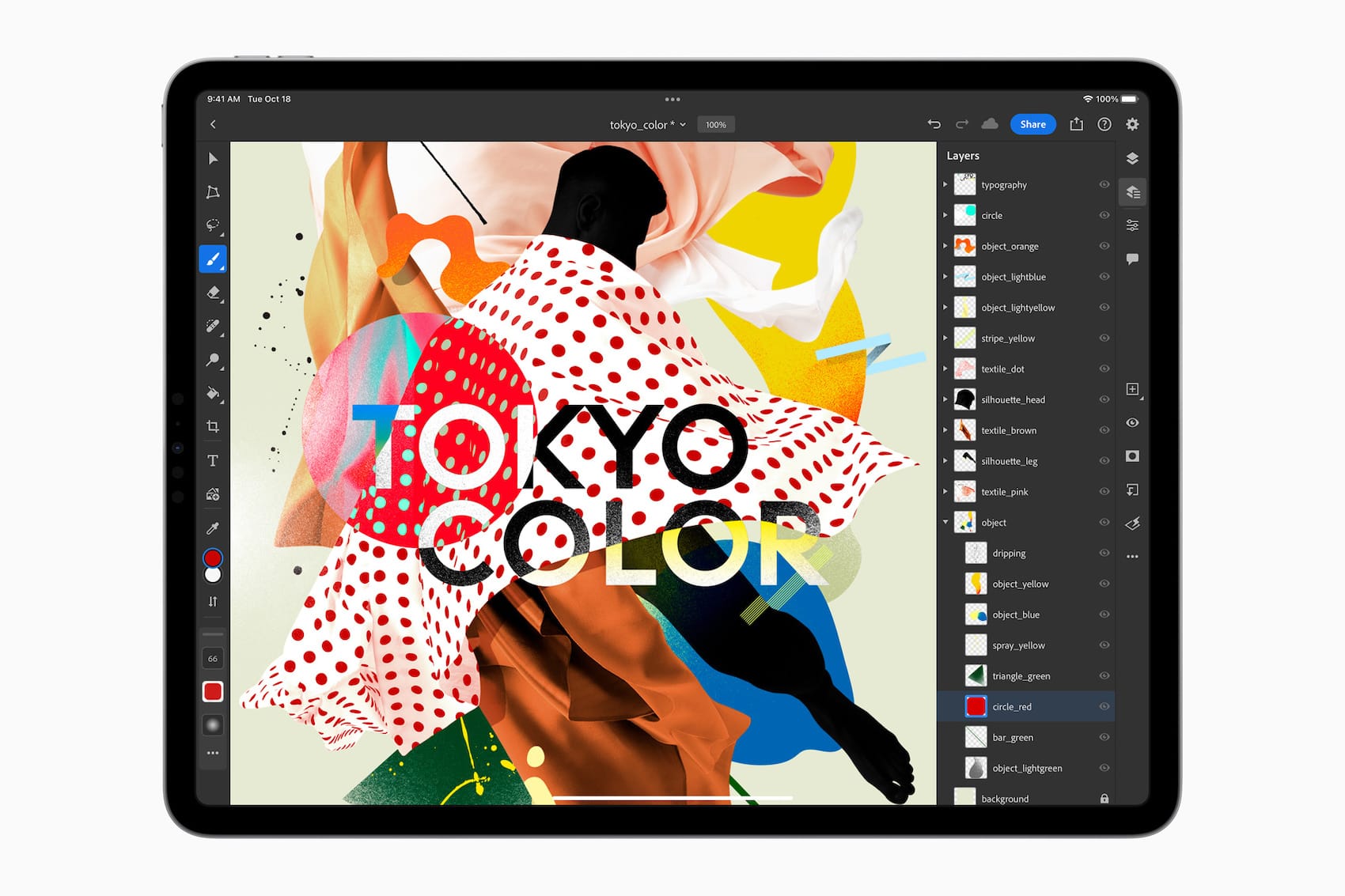
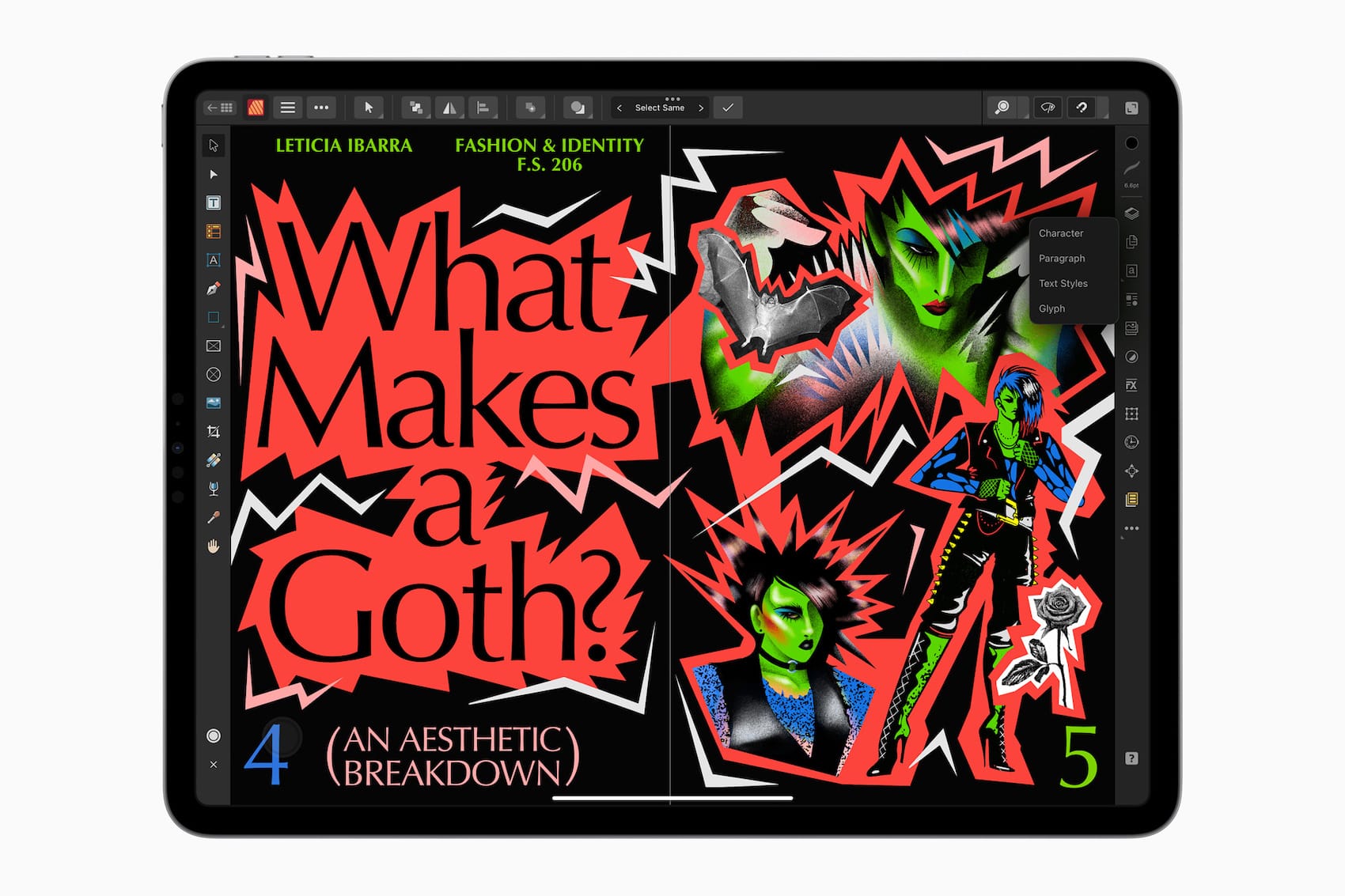

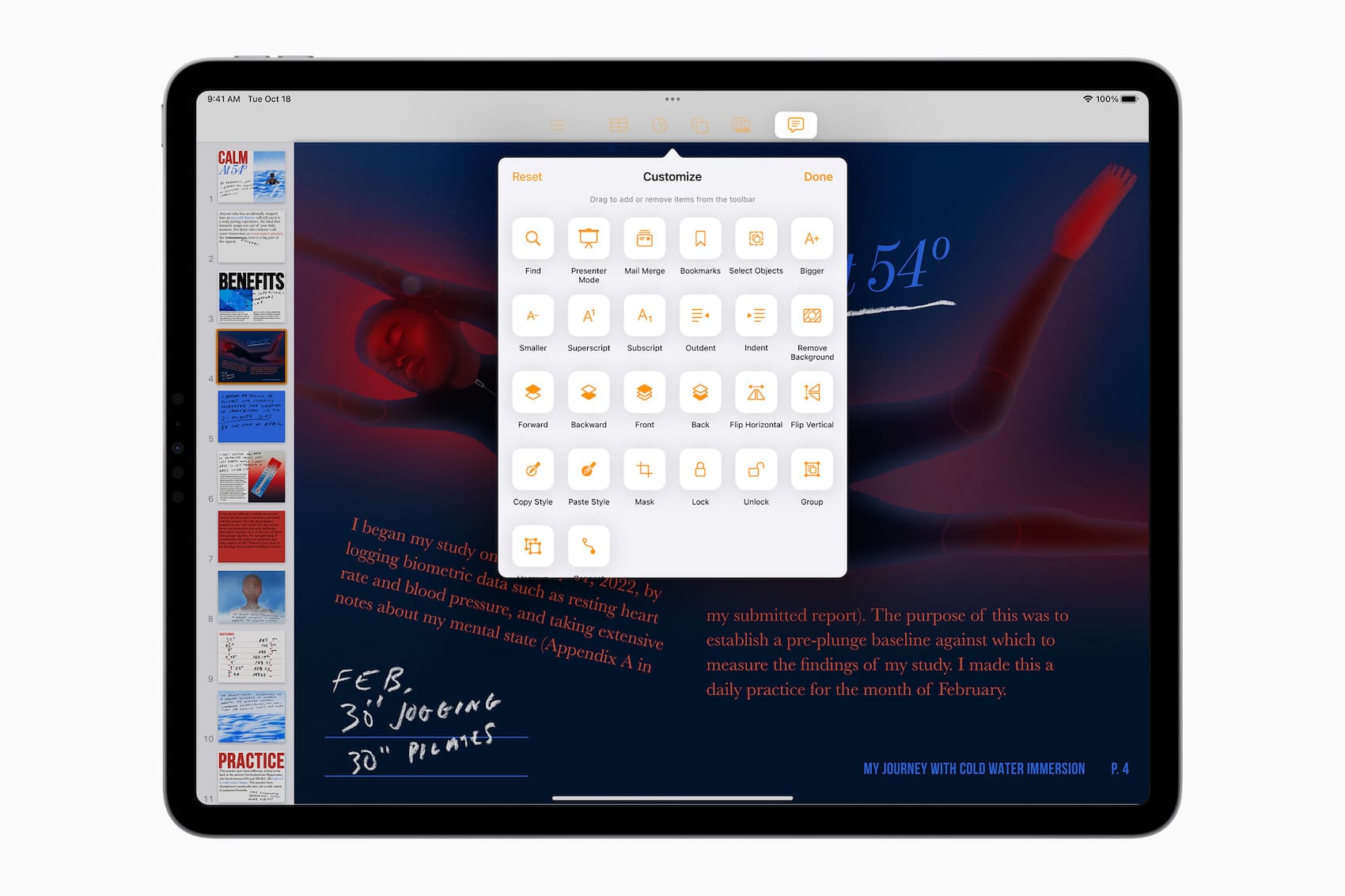
 Adam Kos
Adam Kos 
